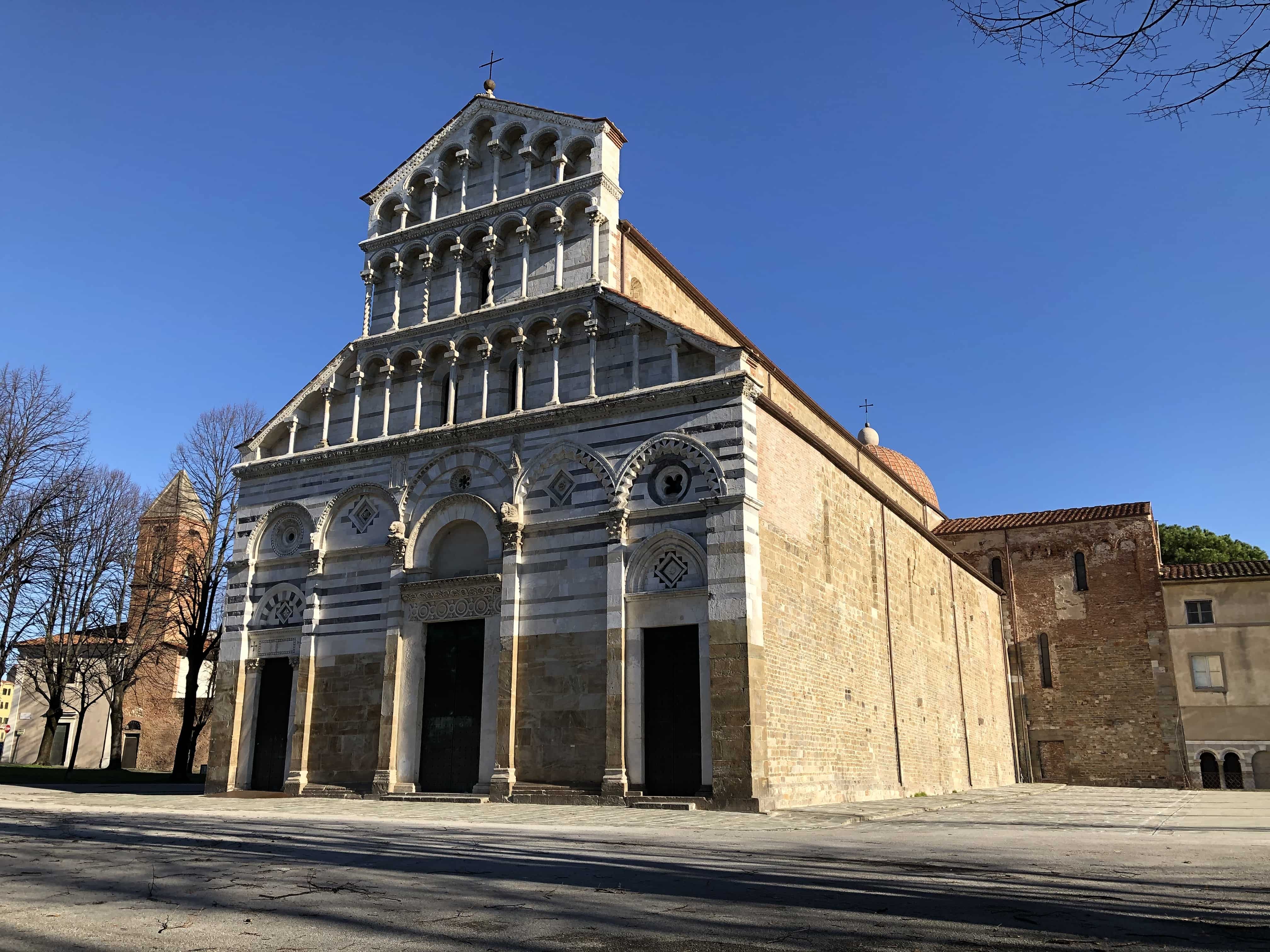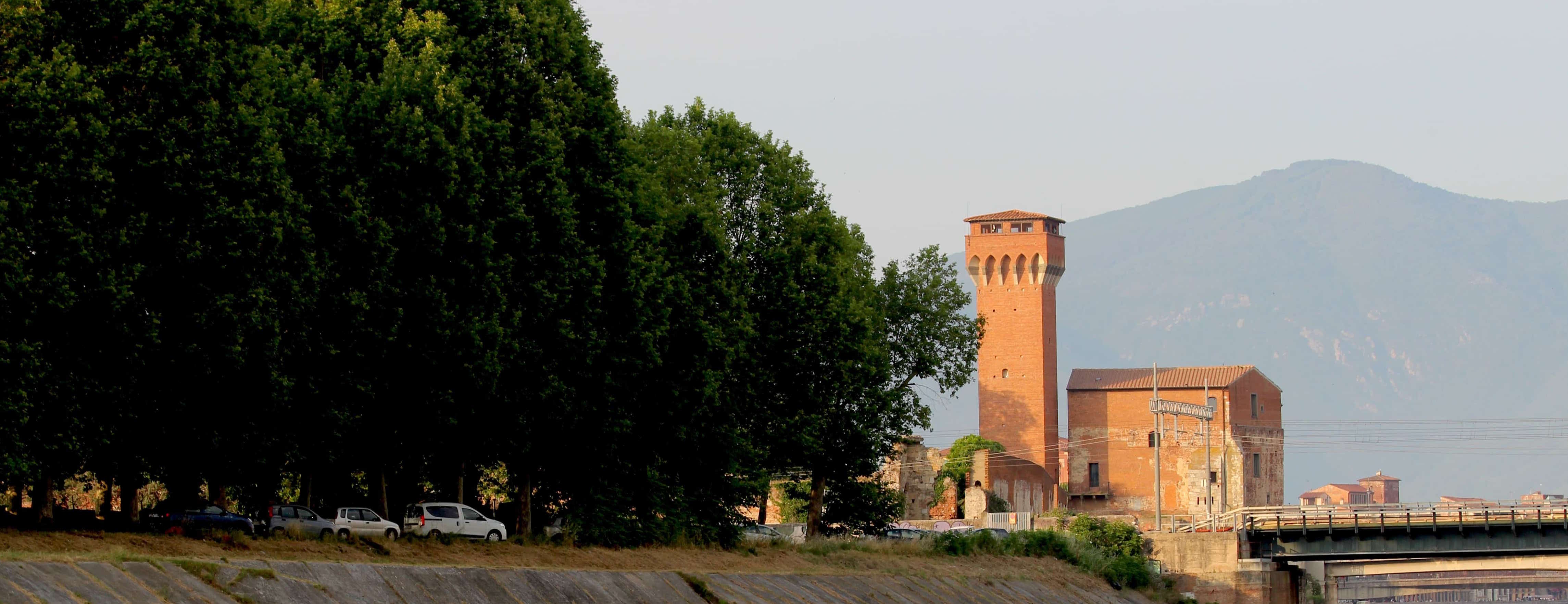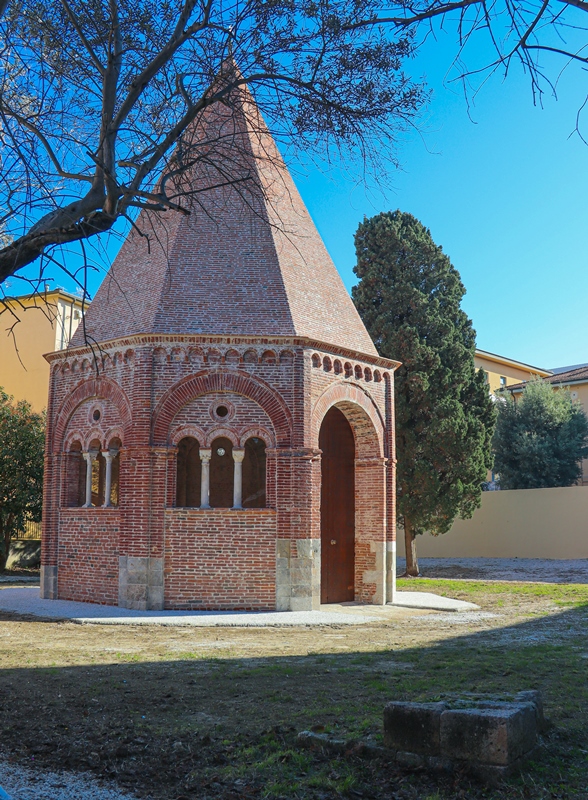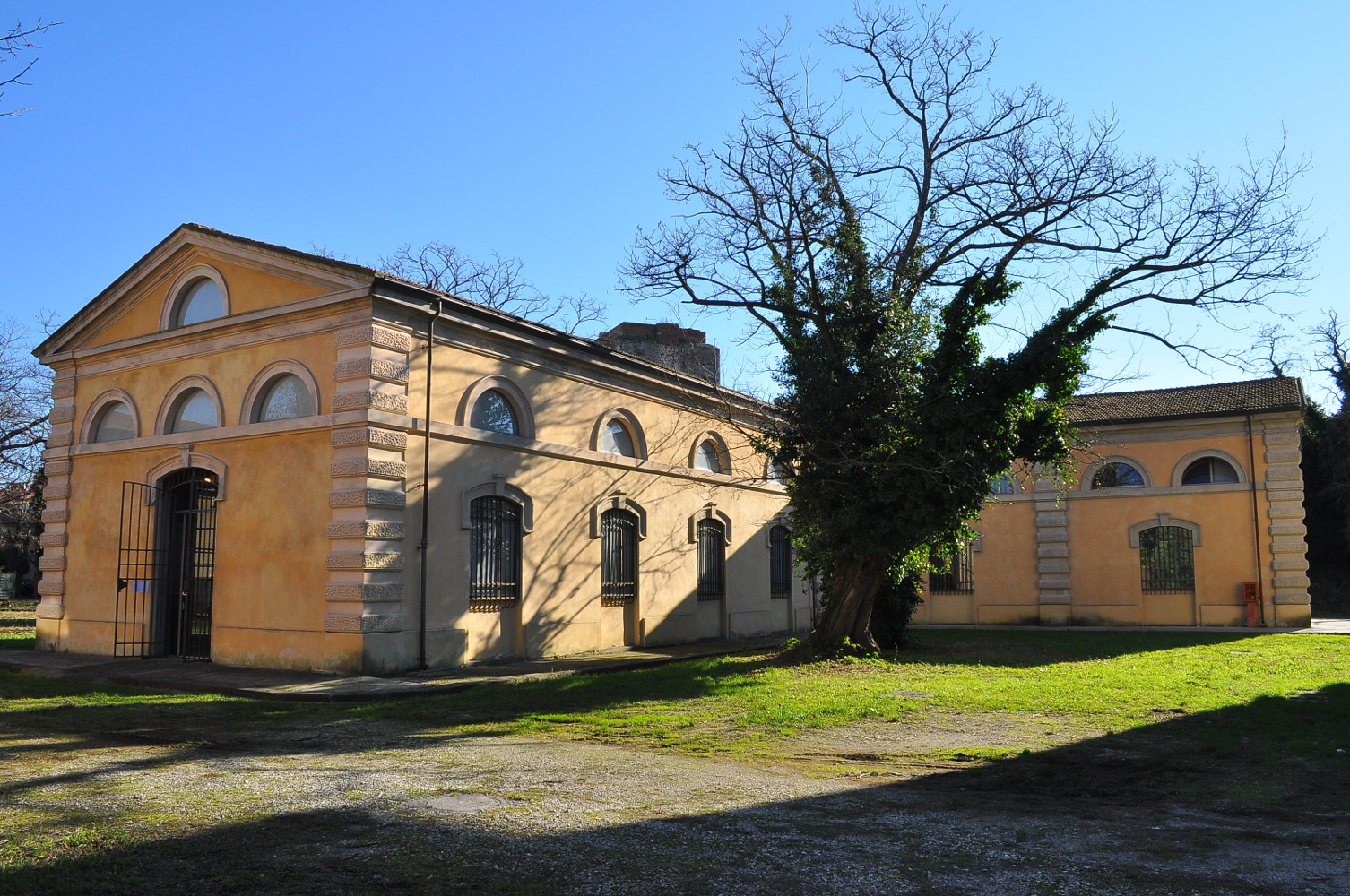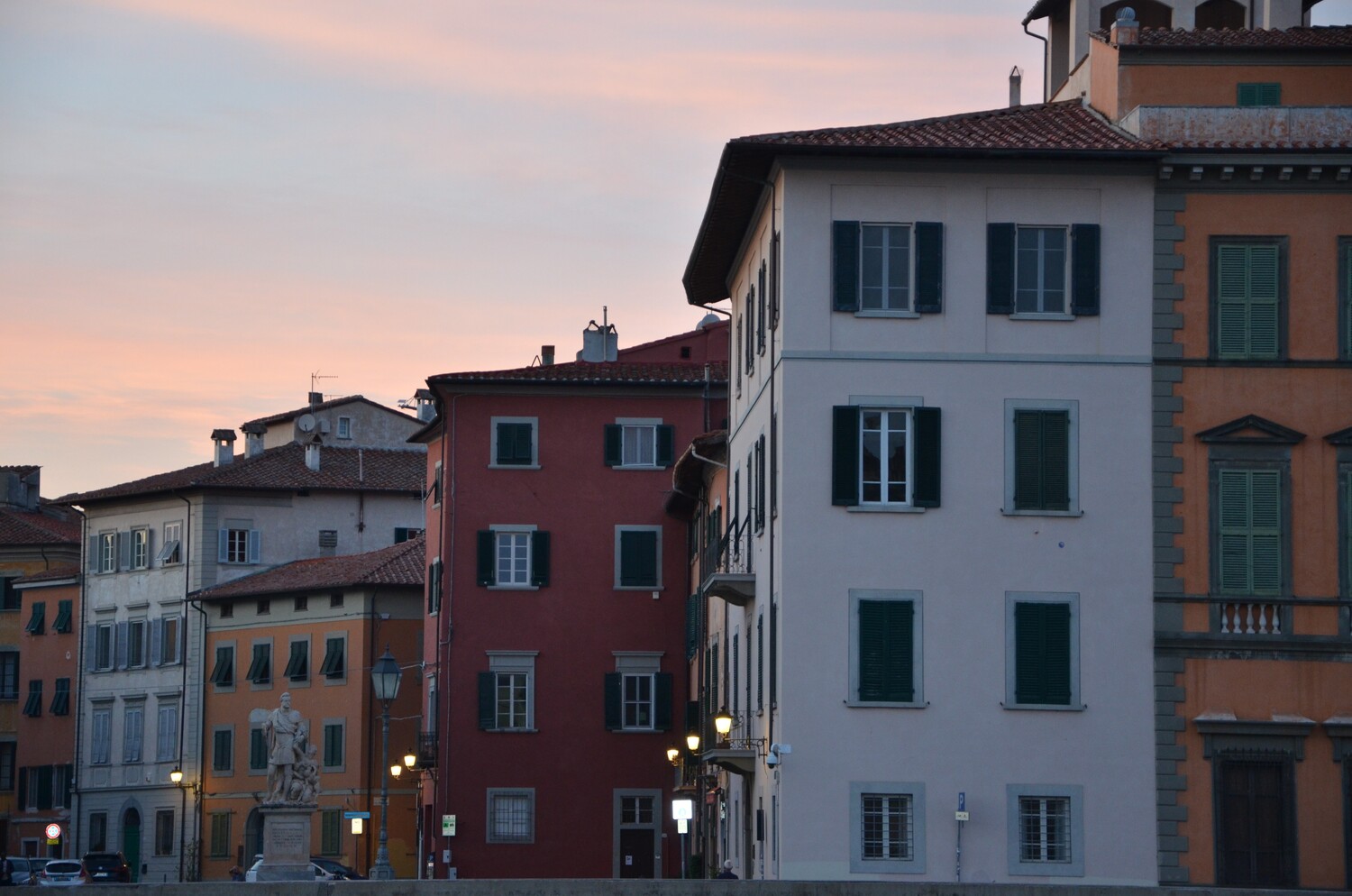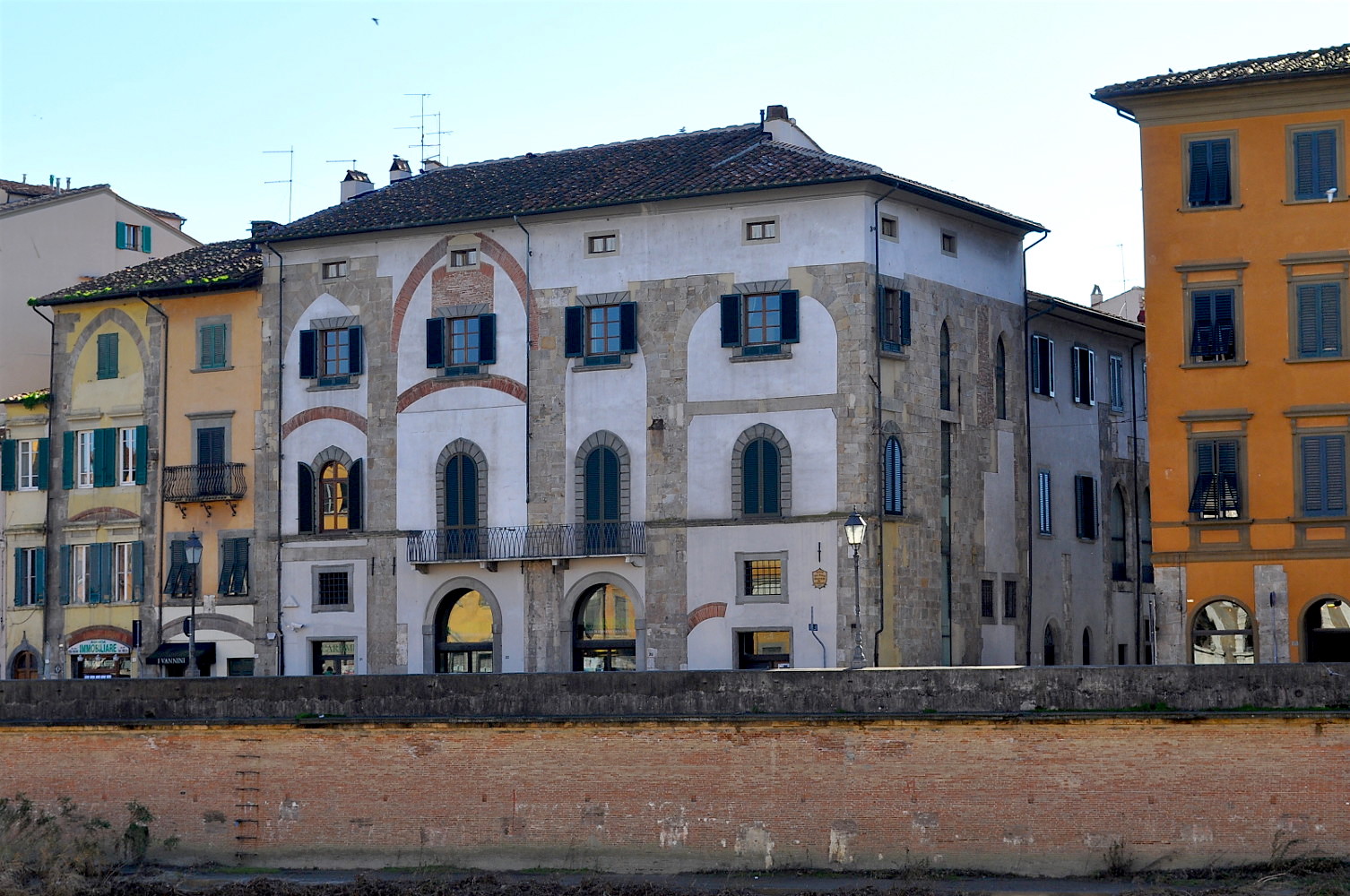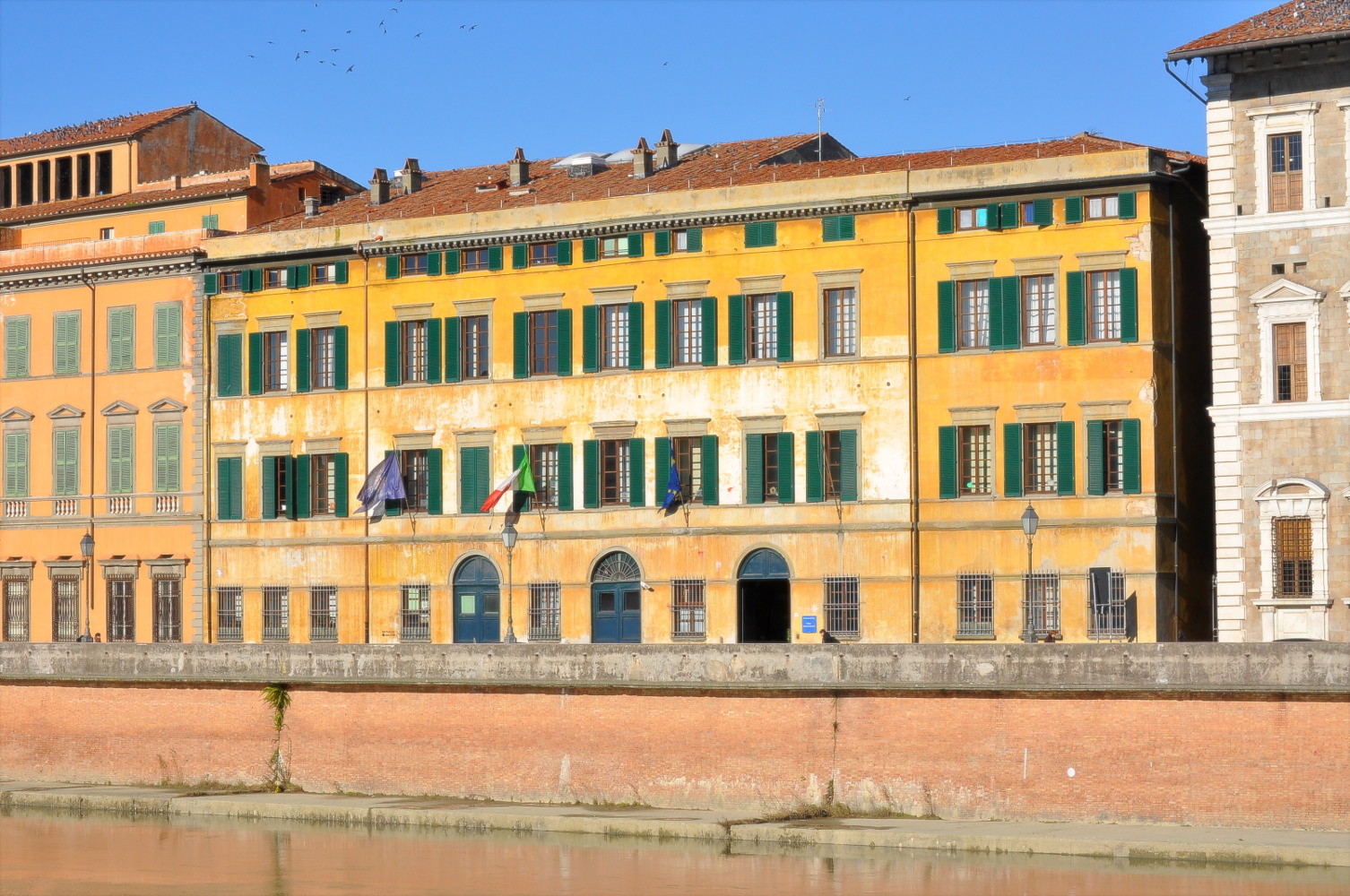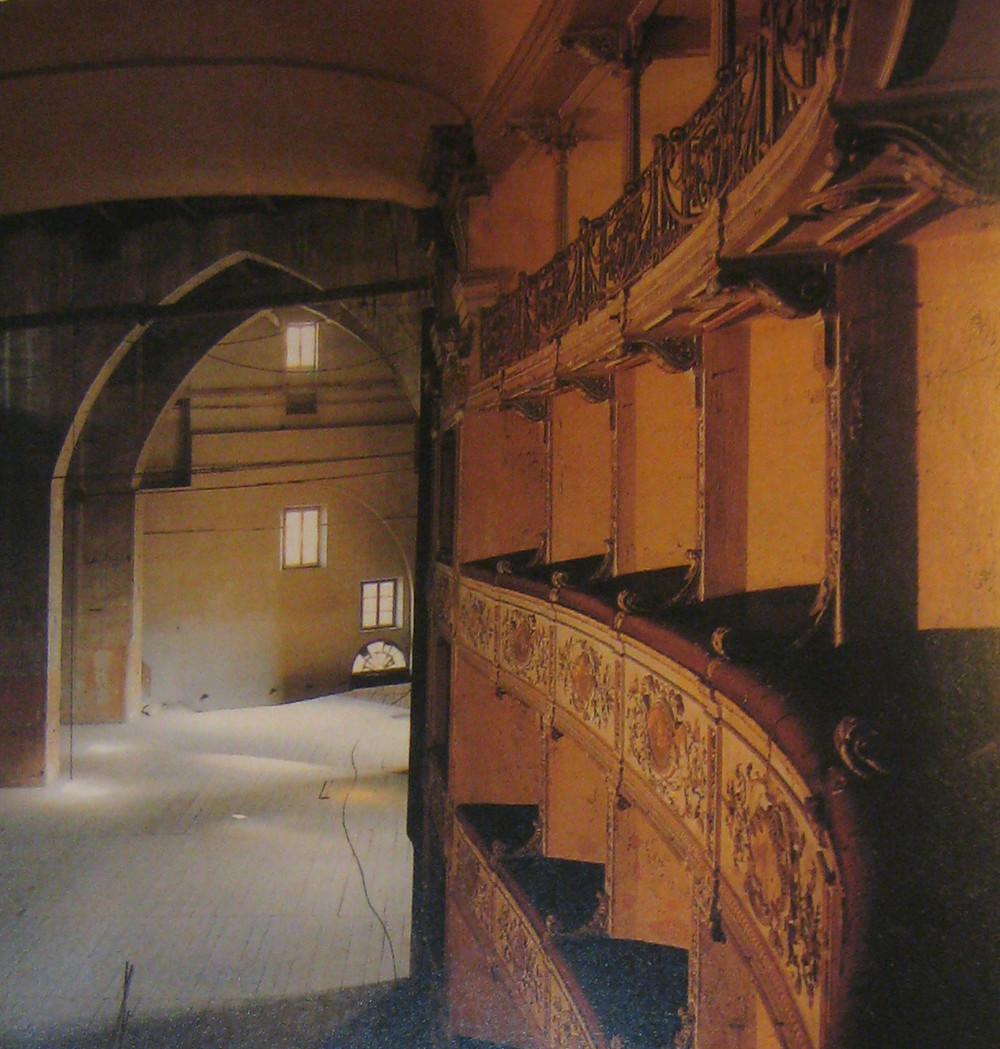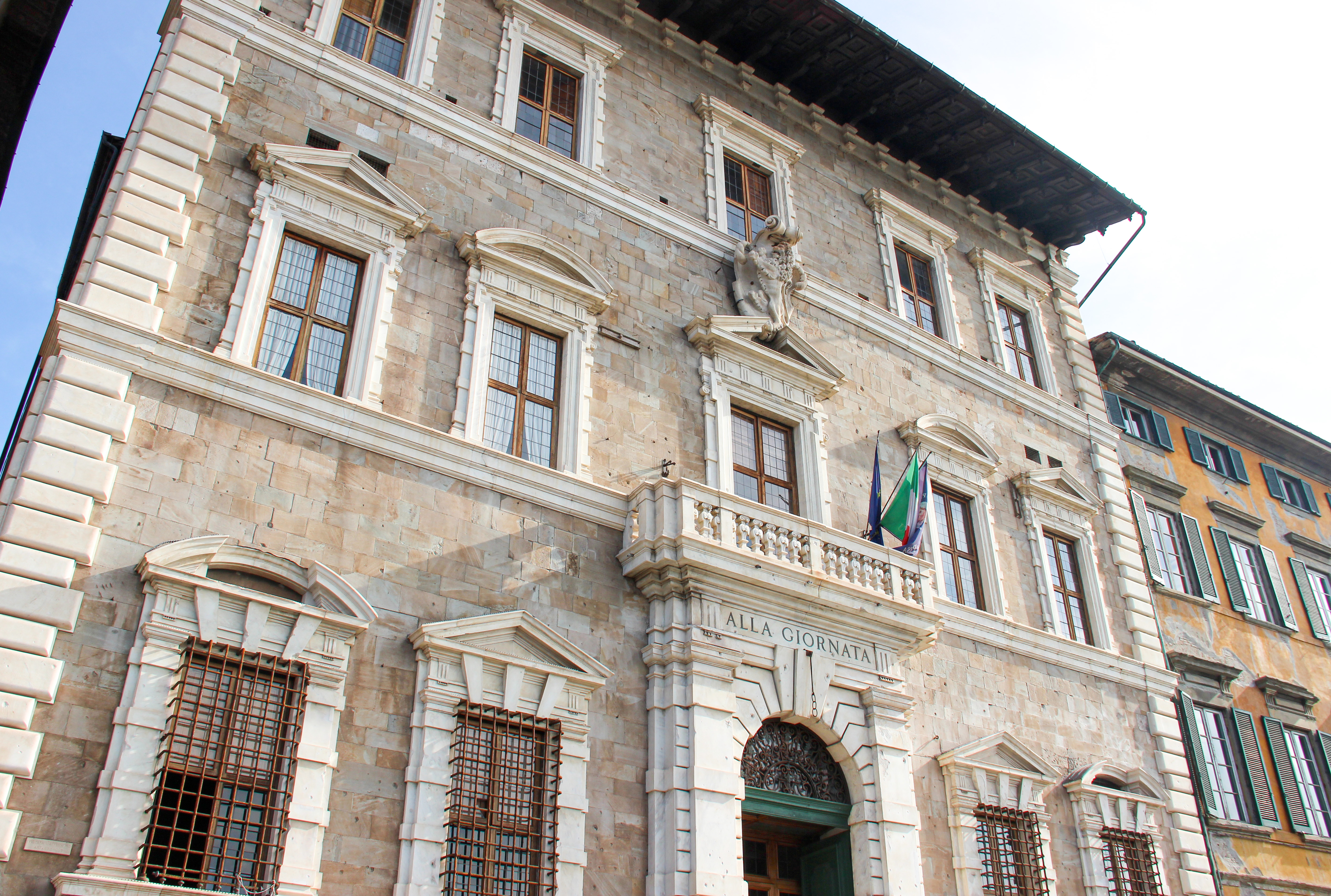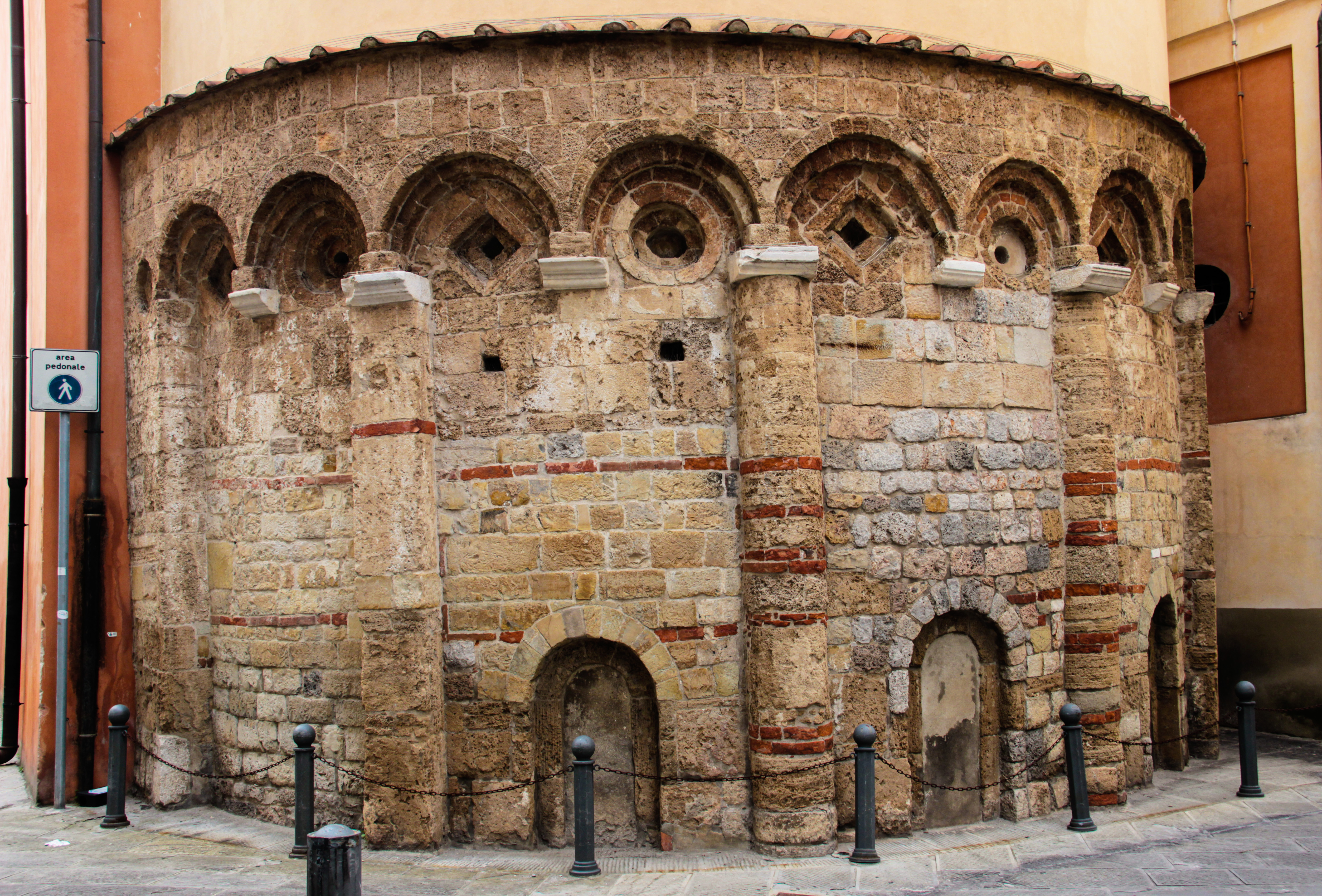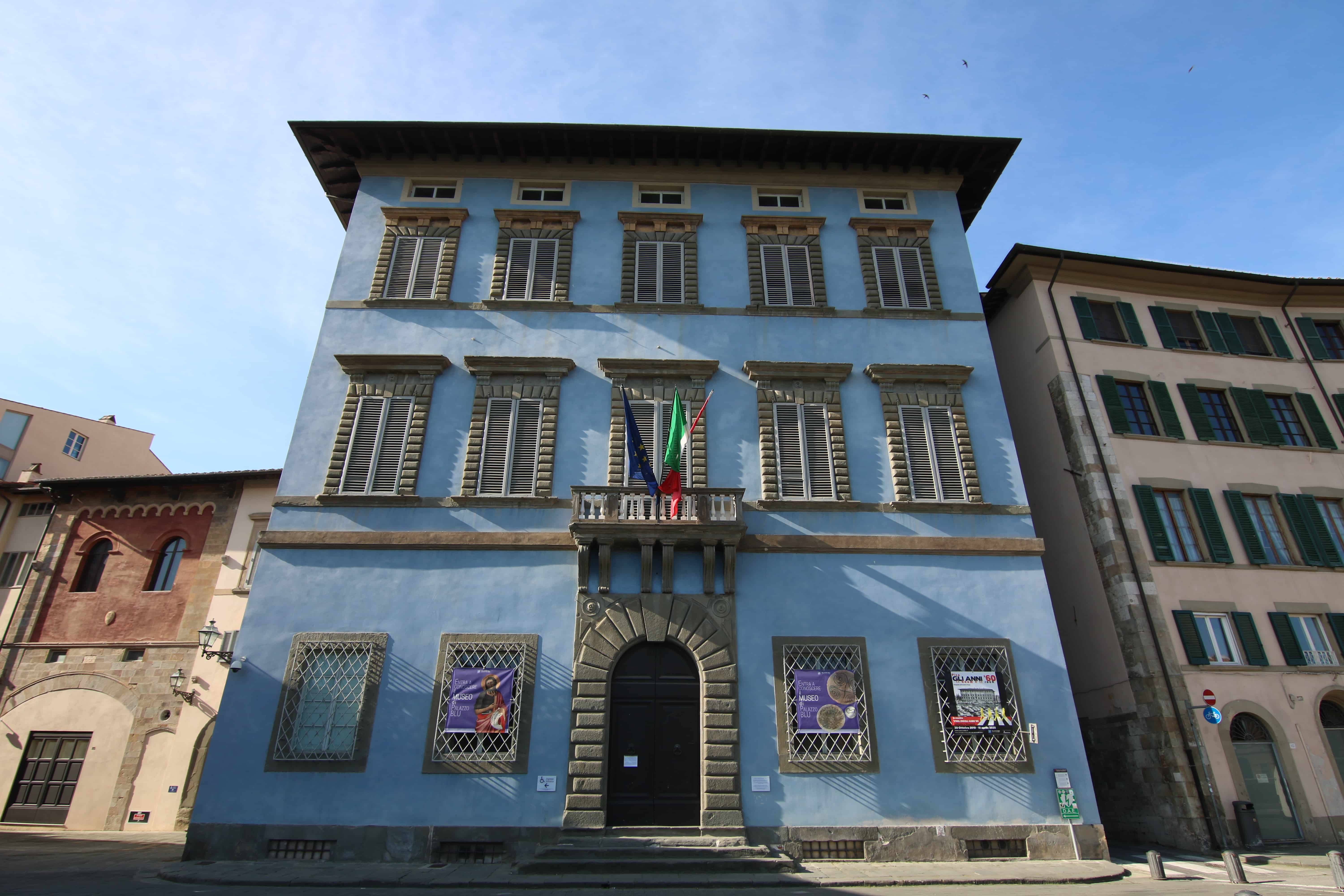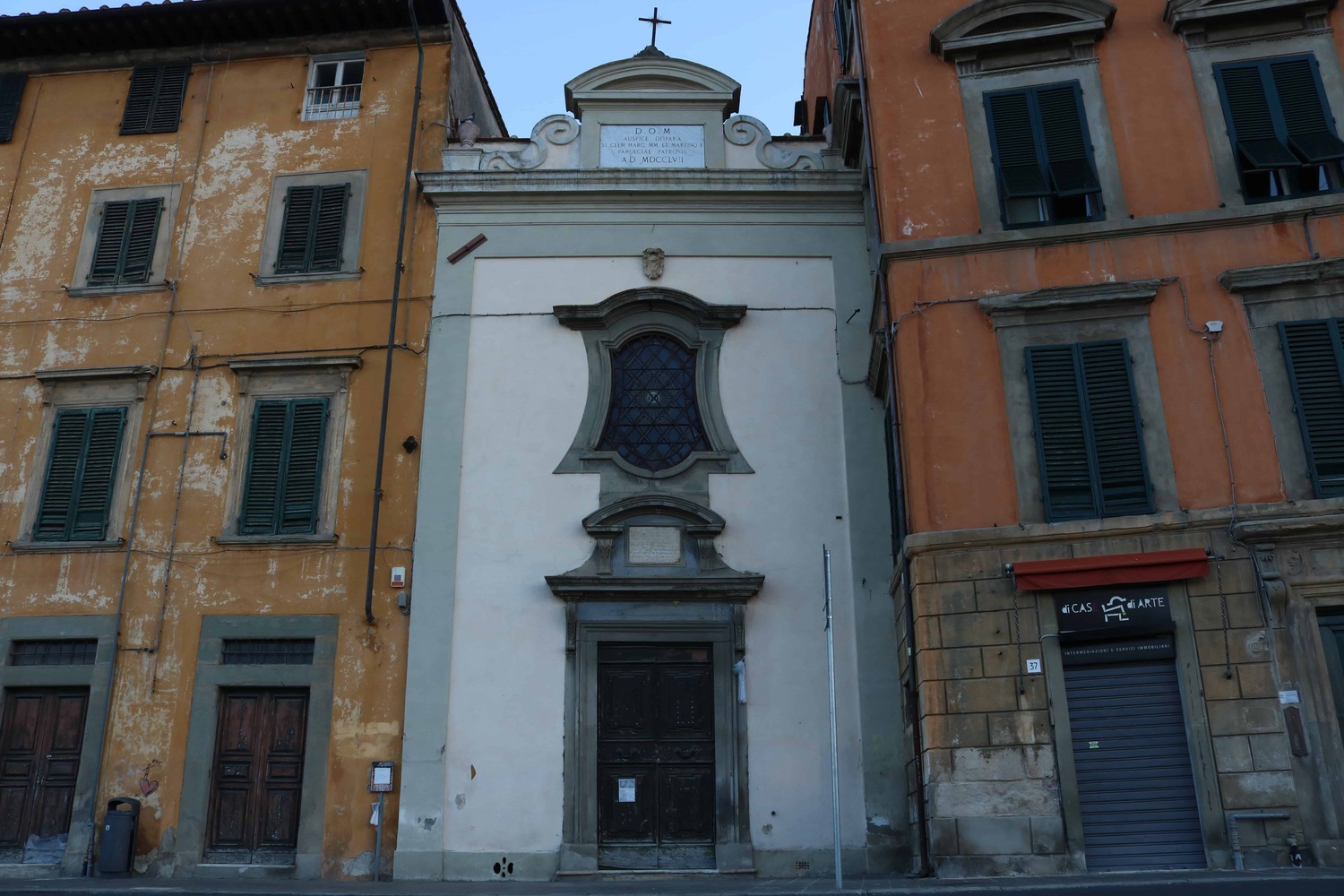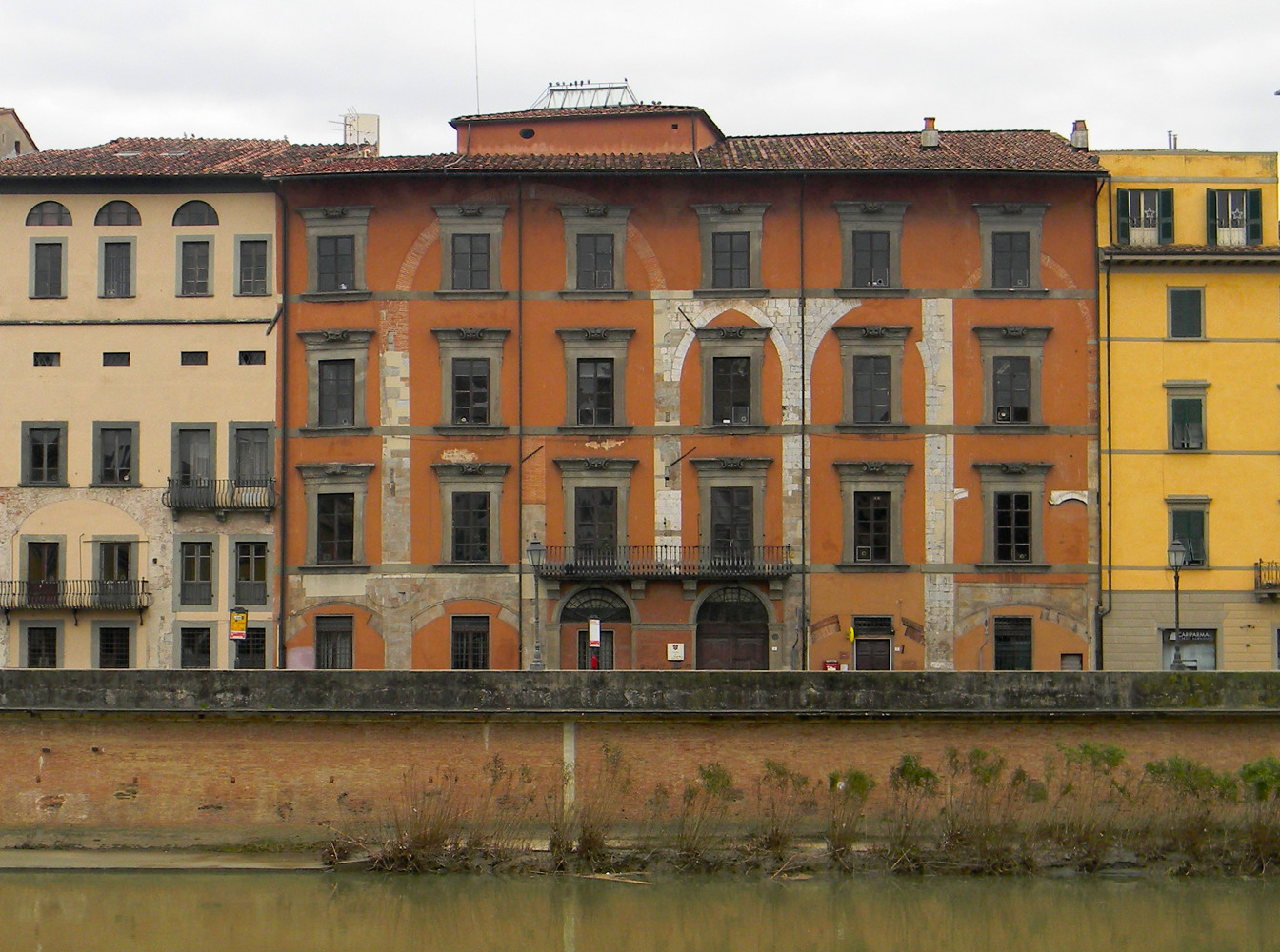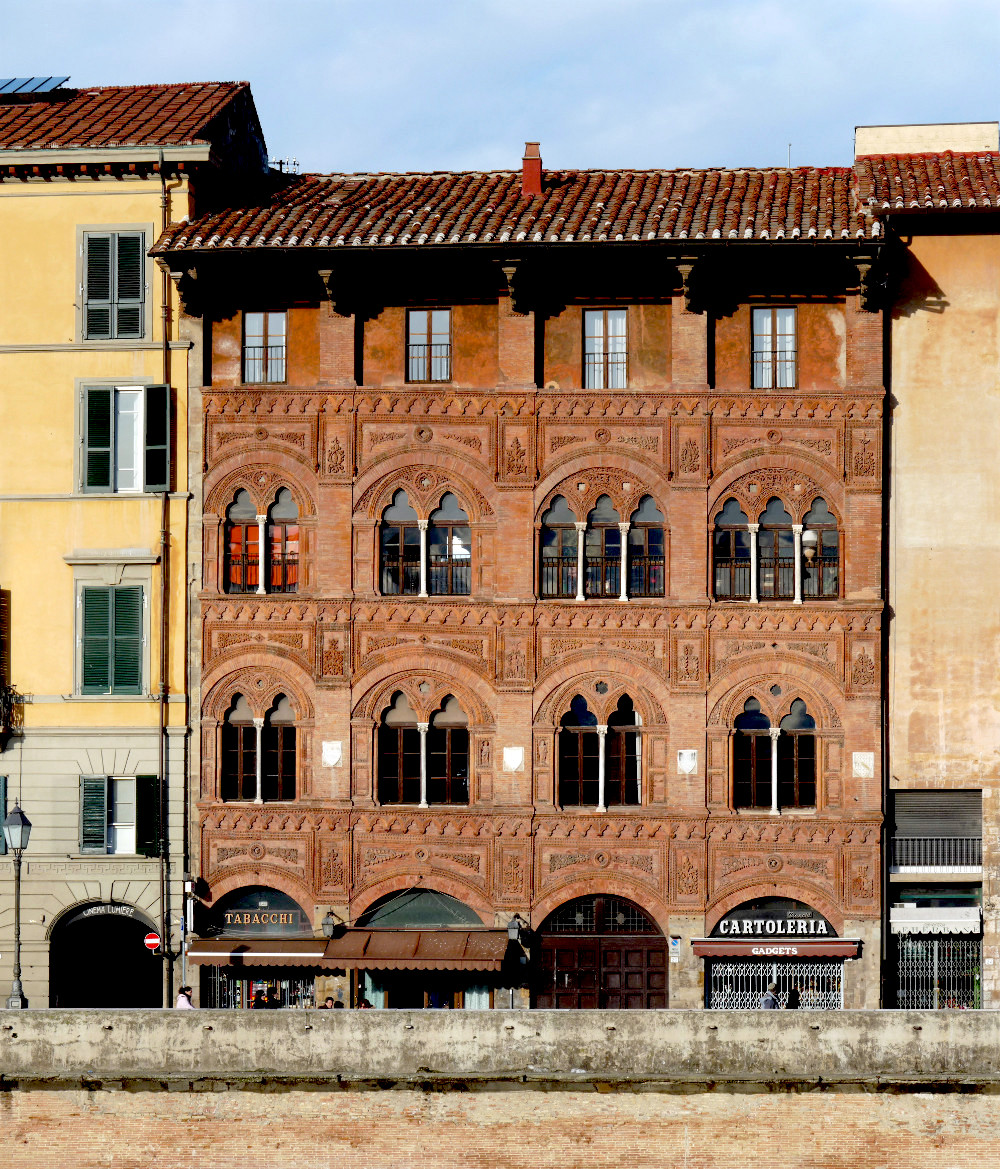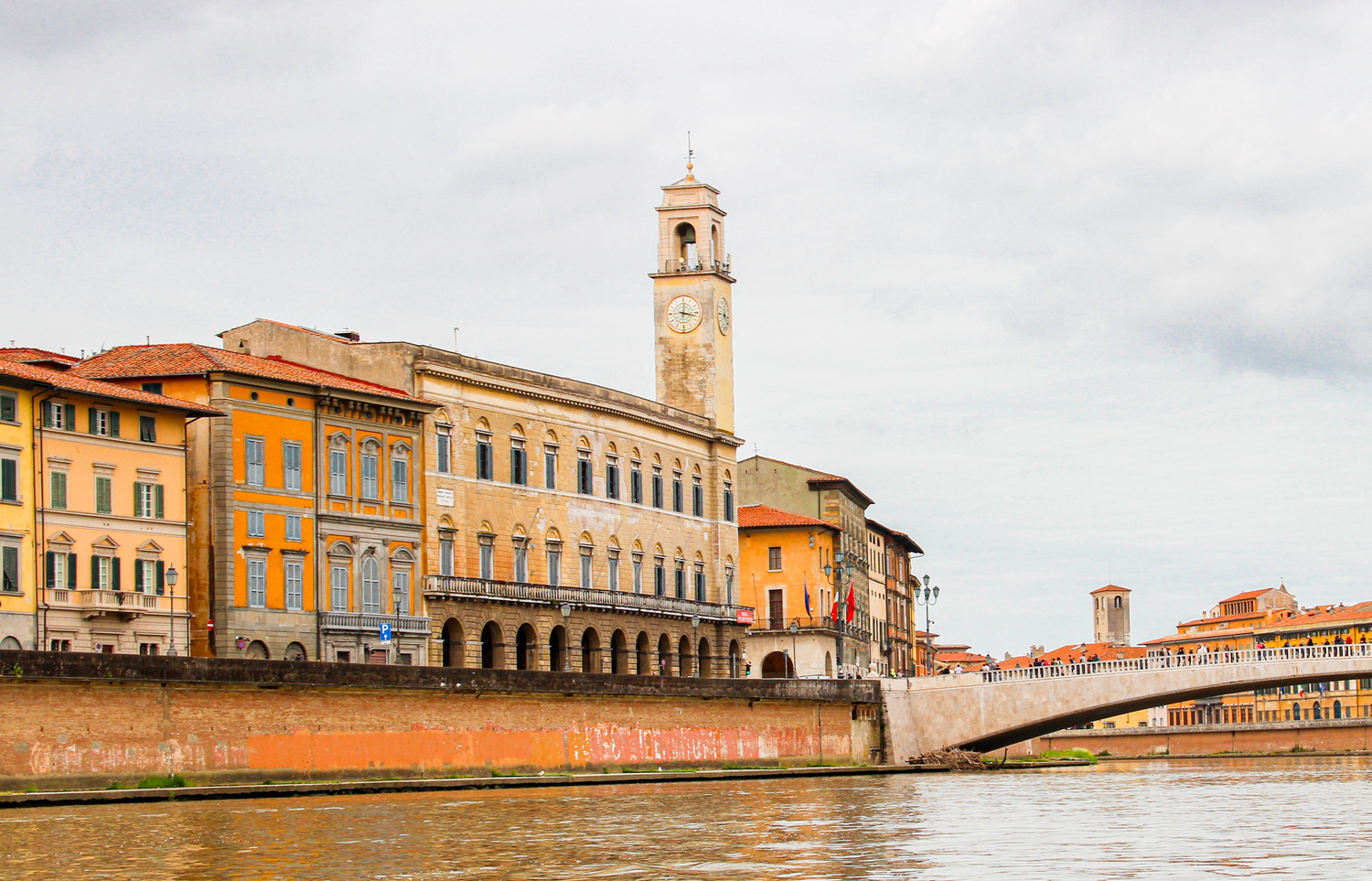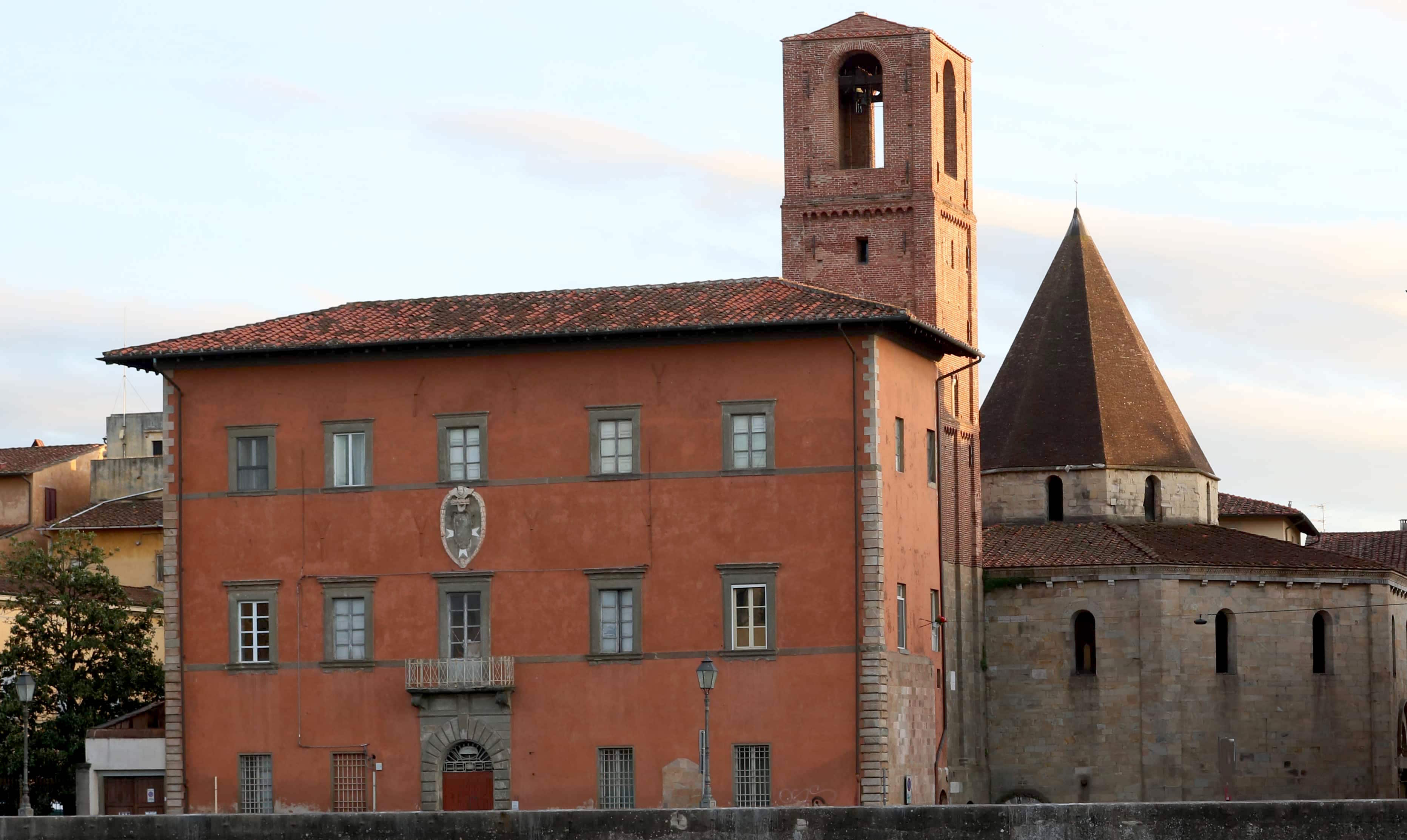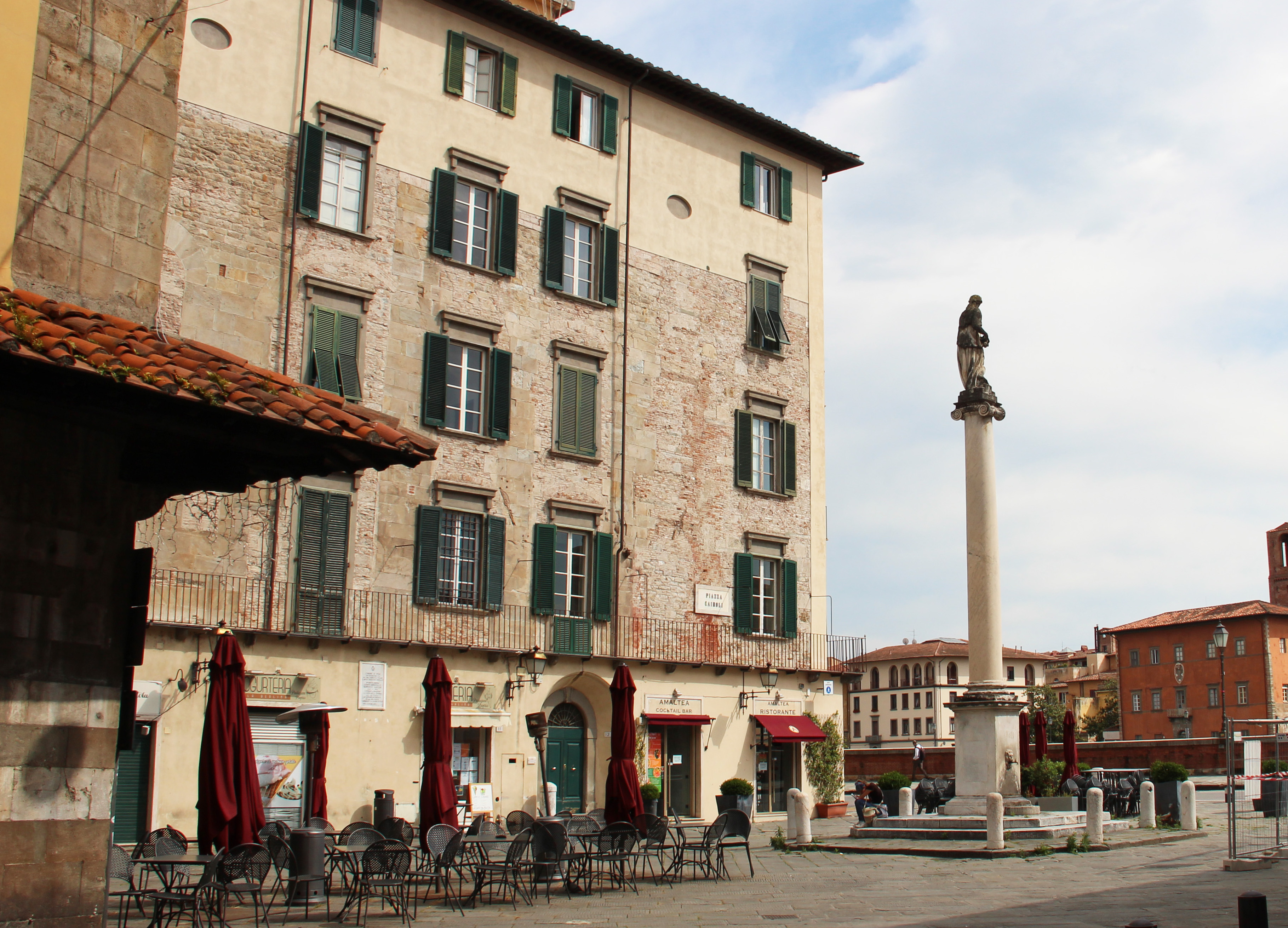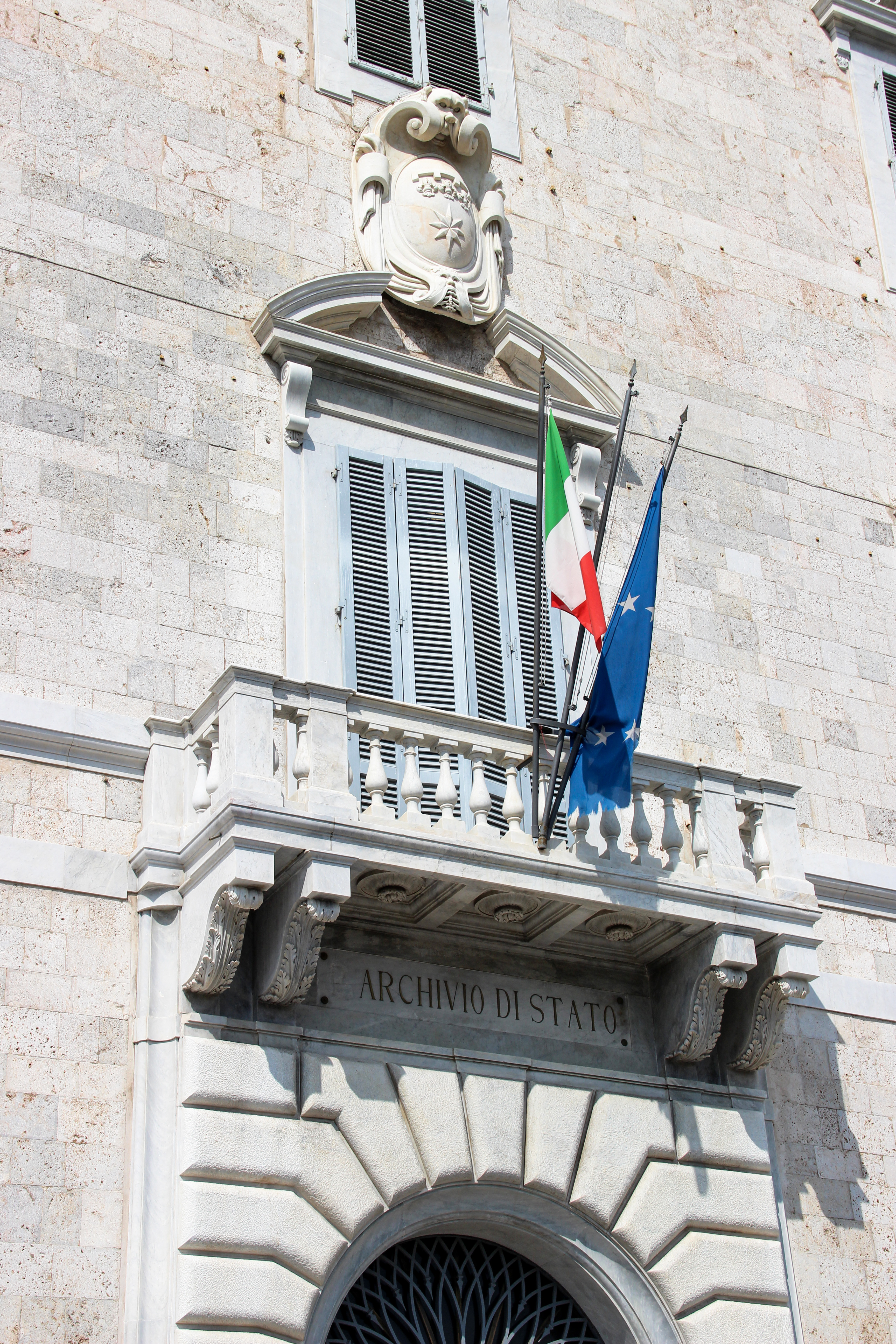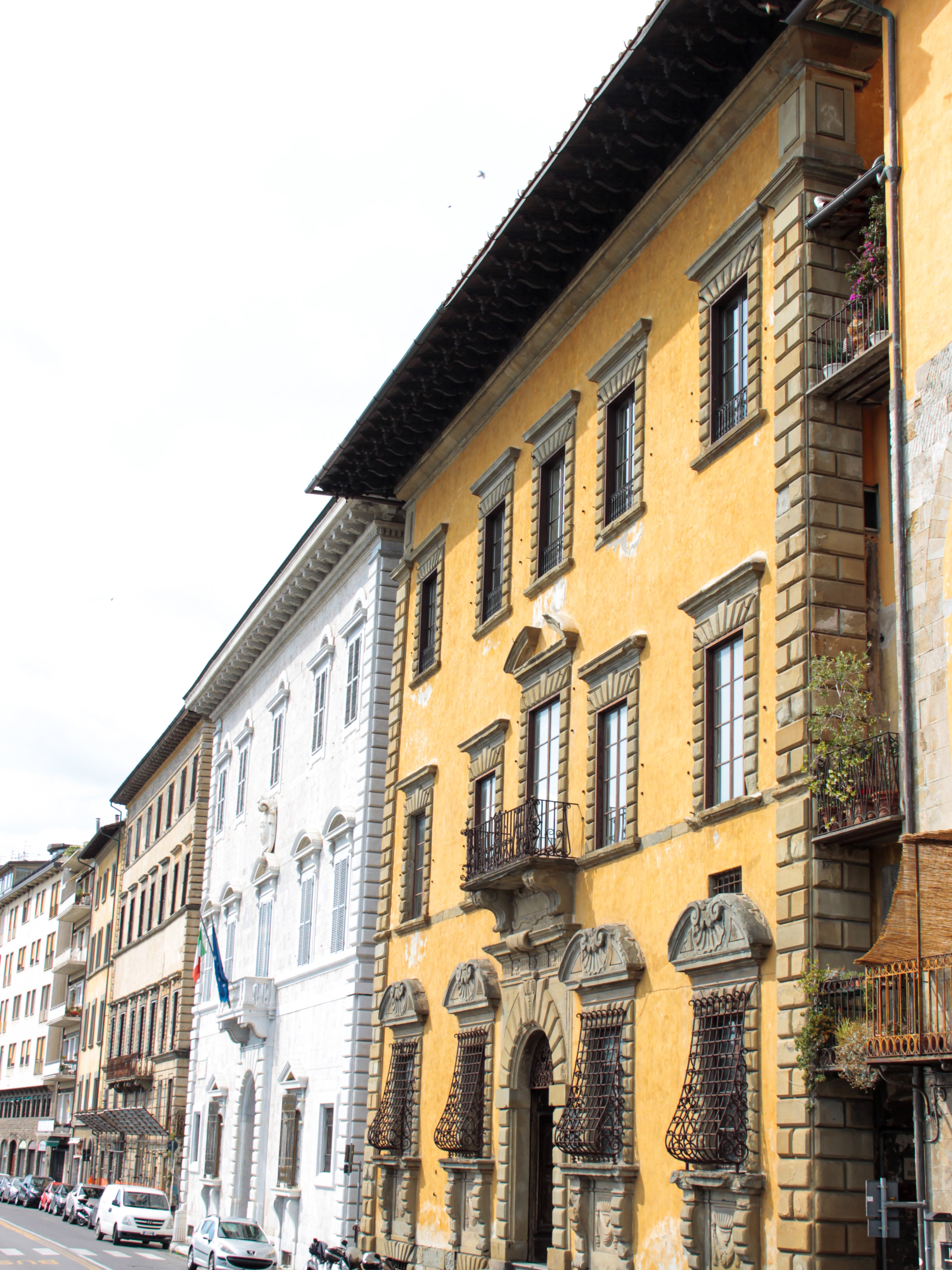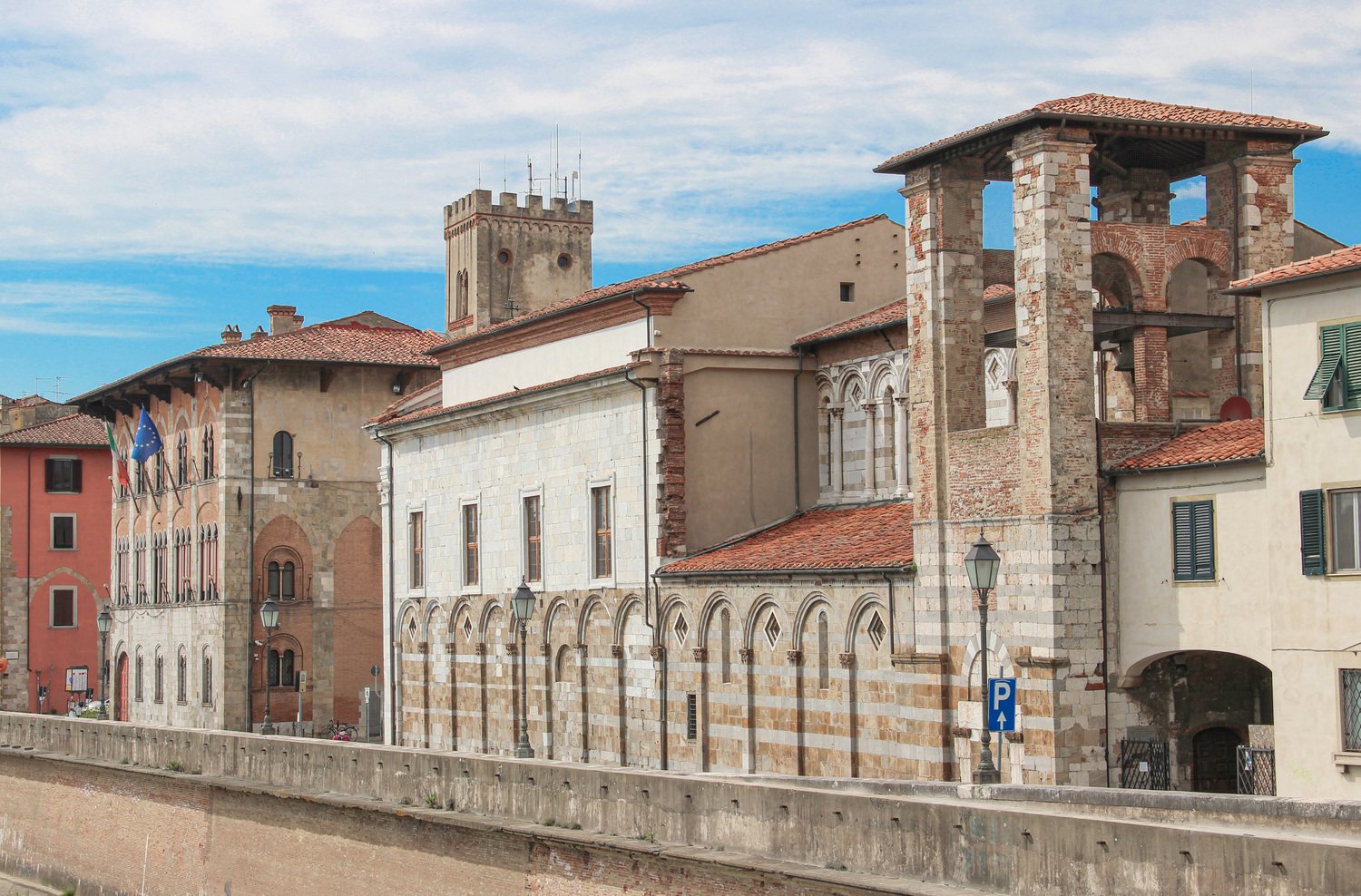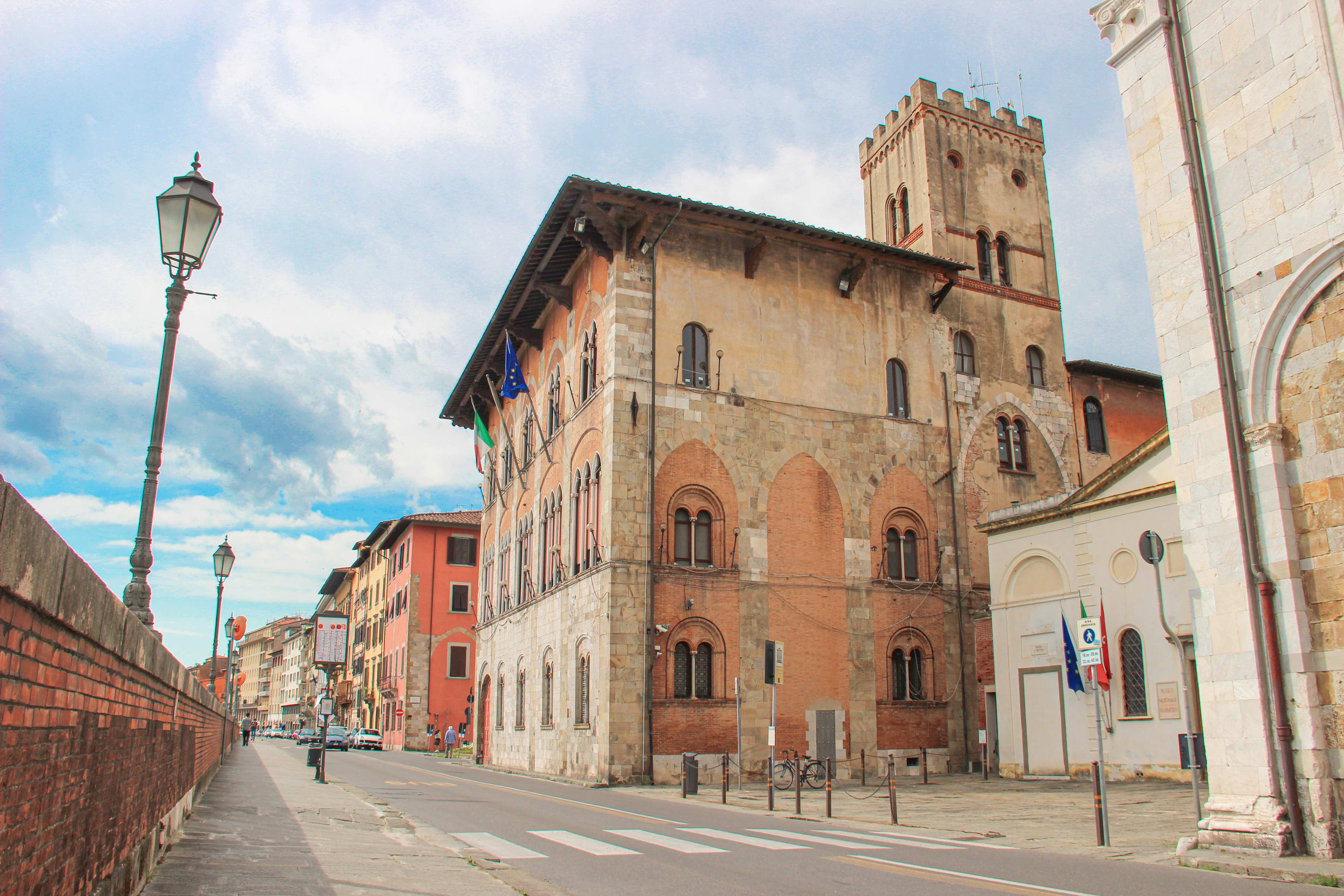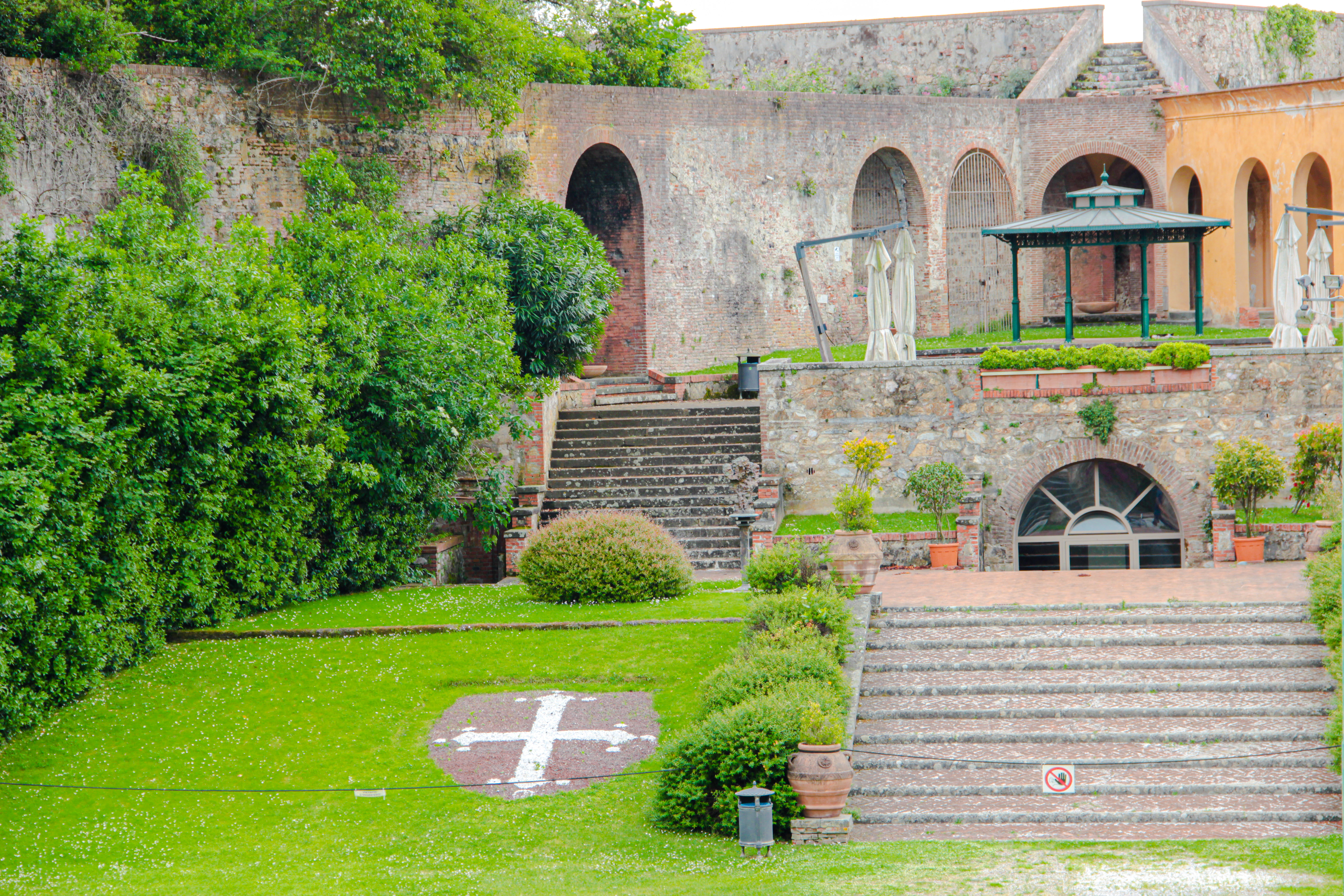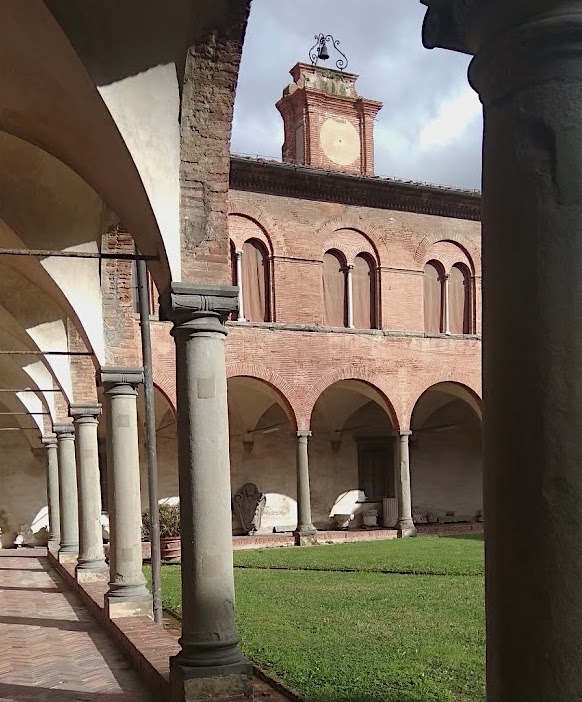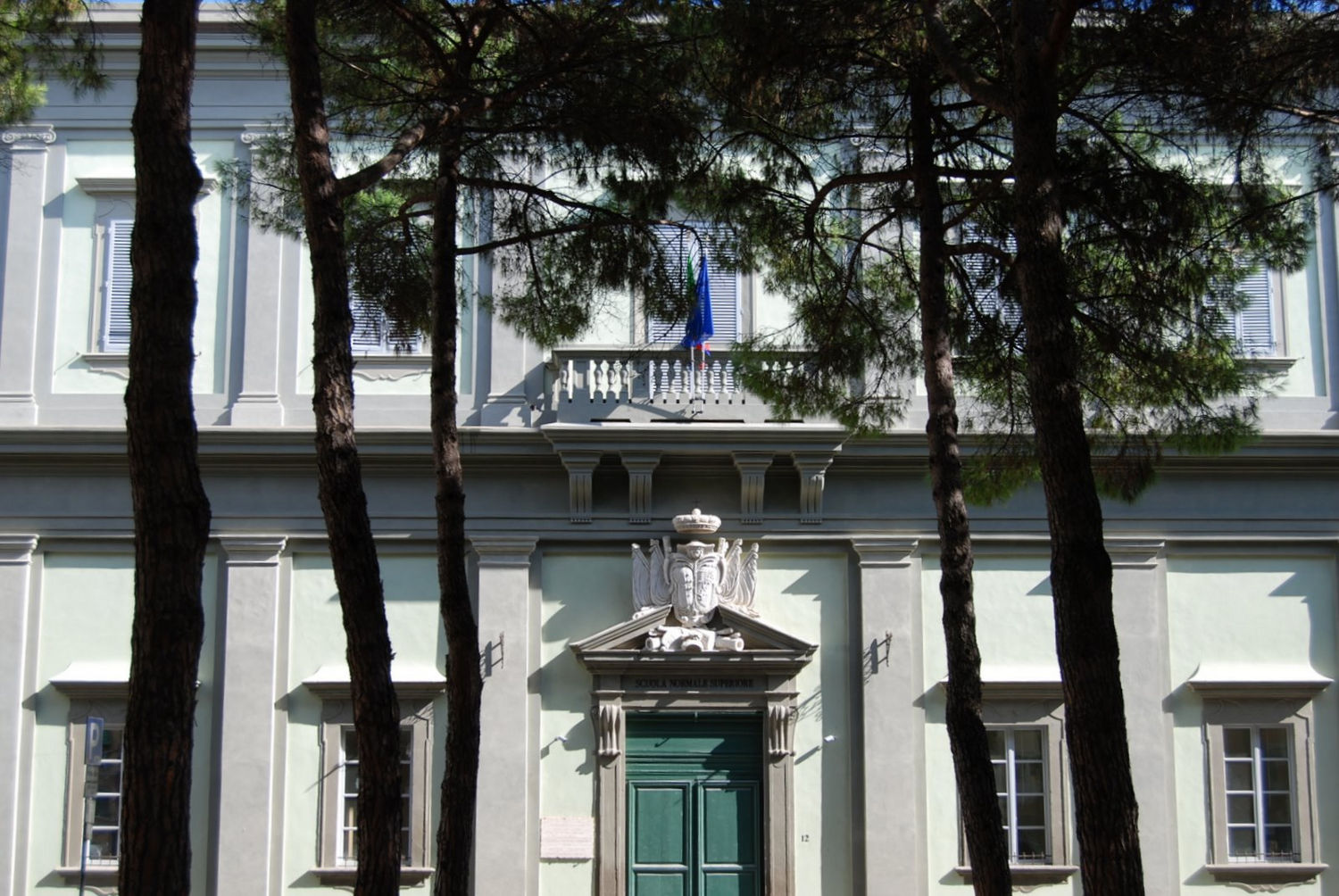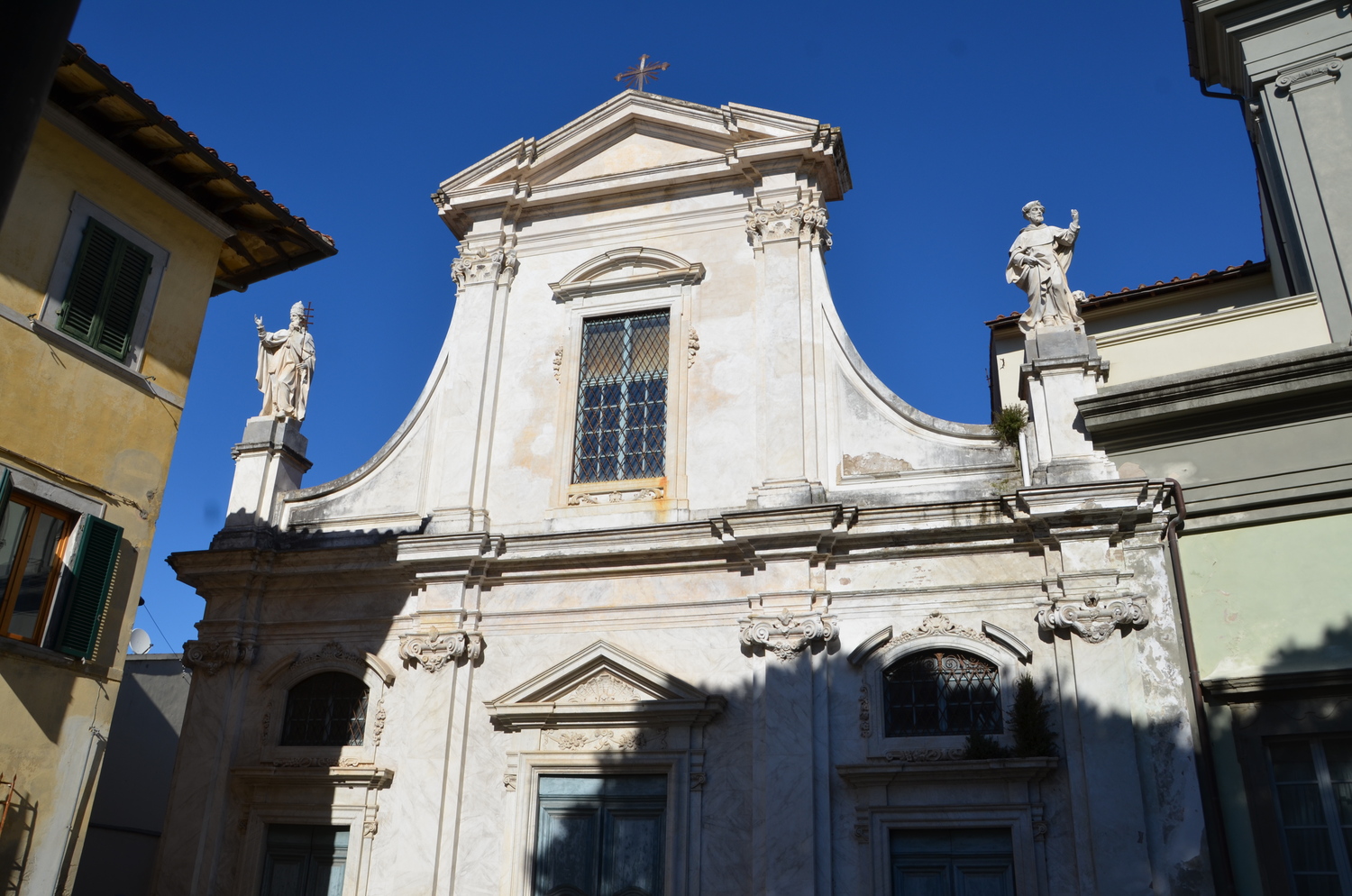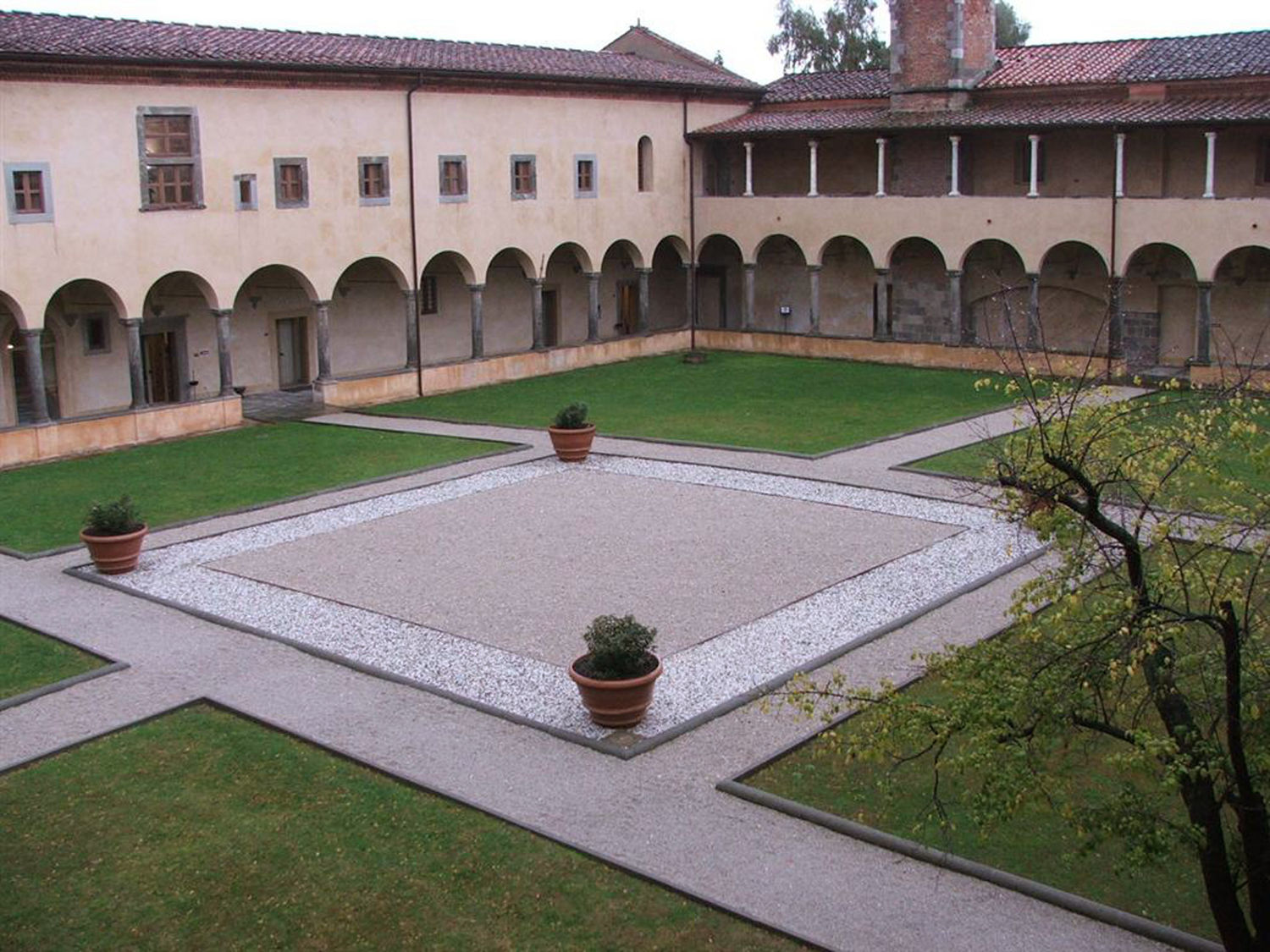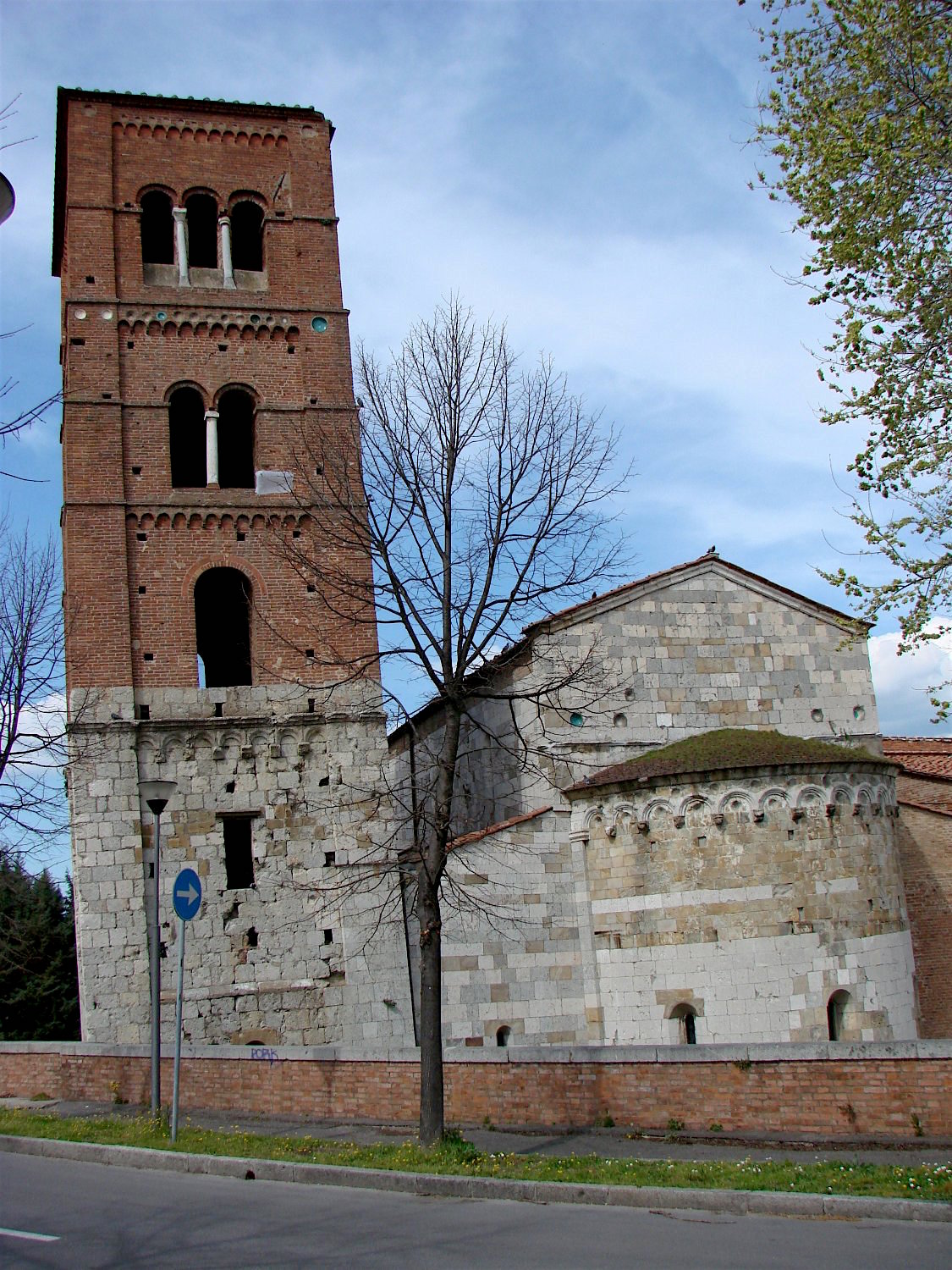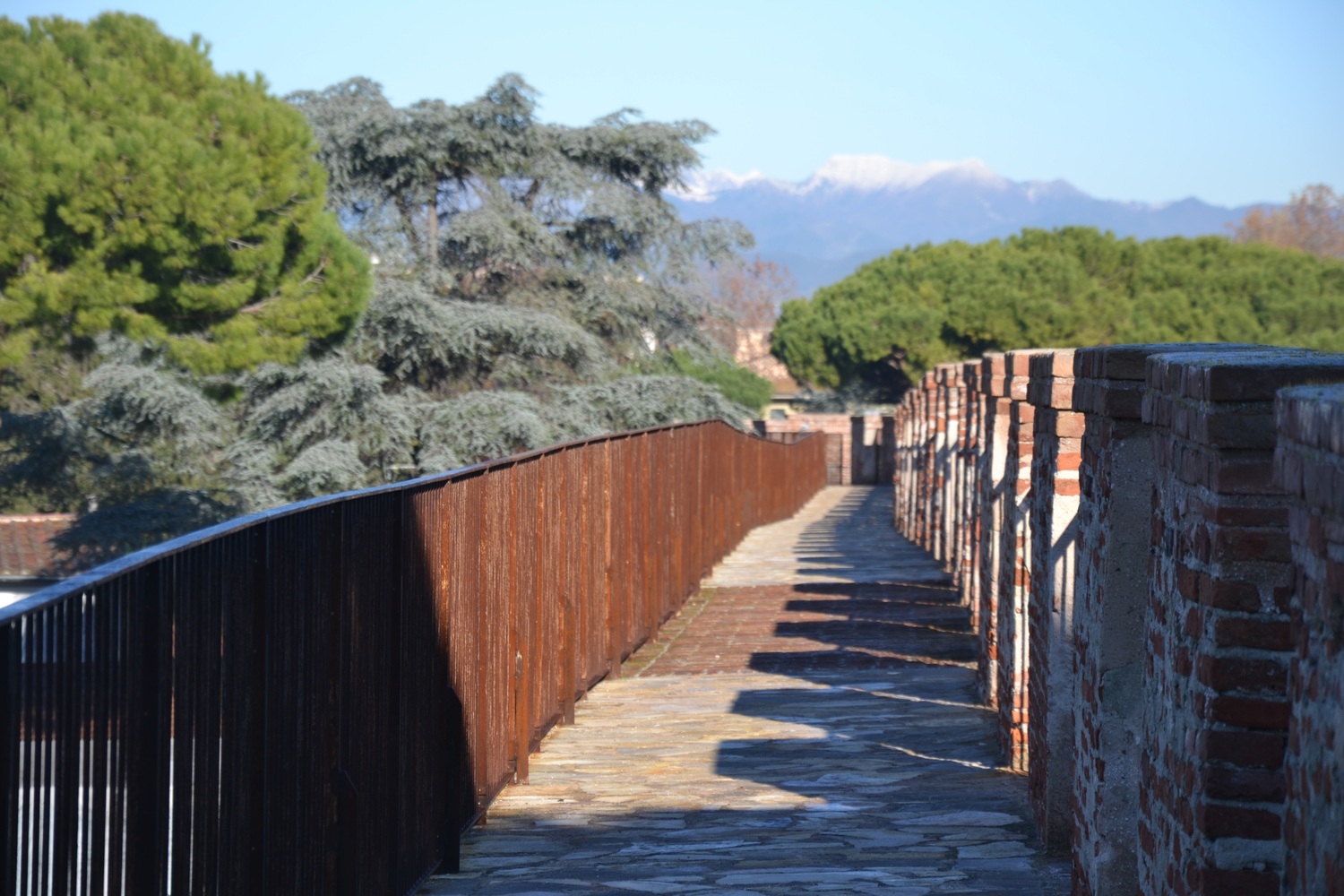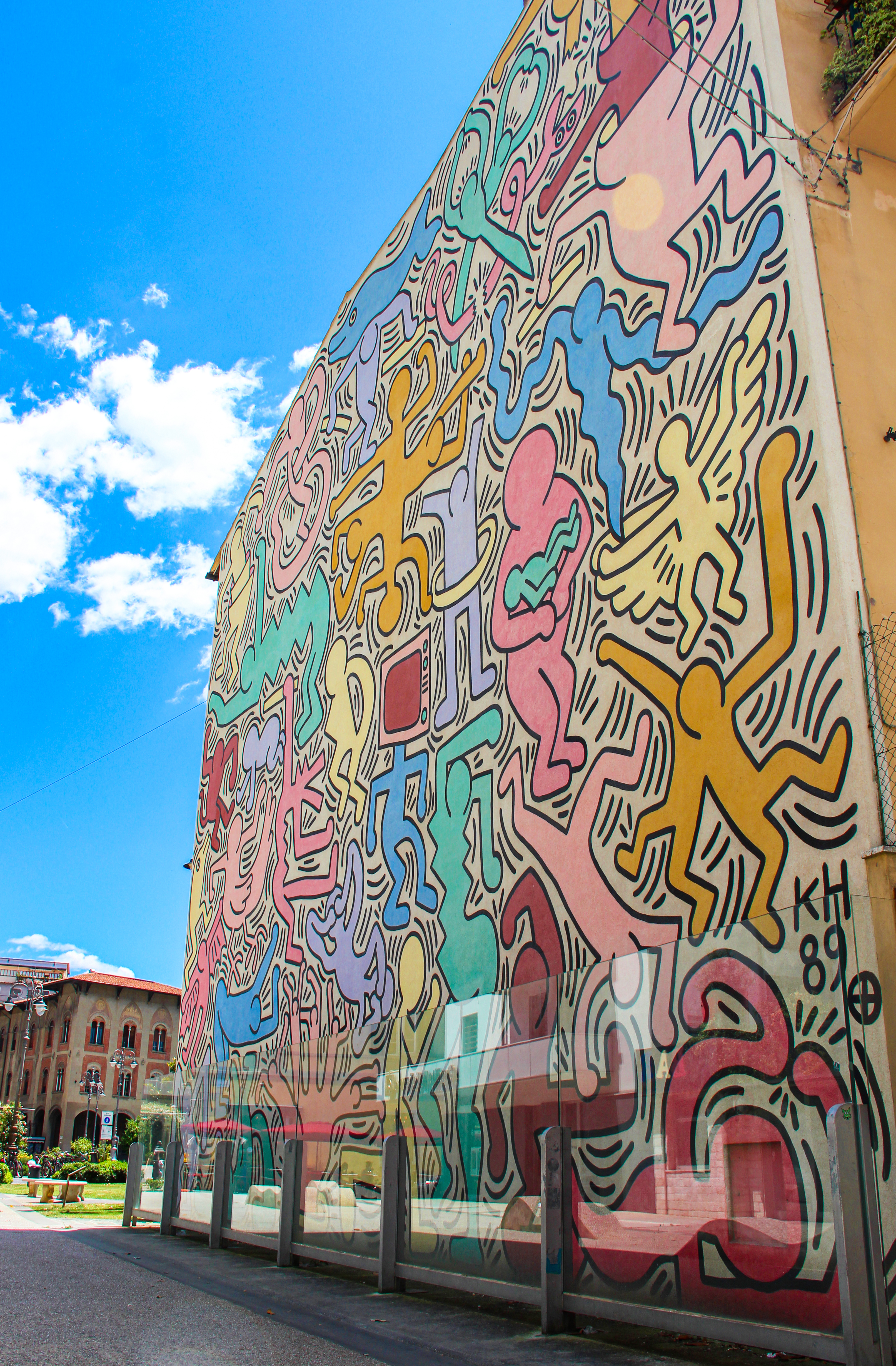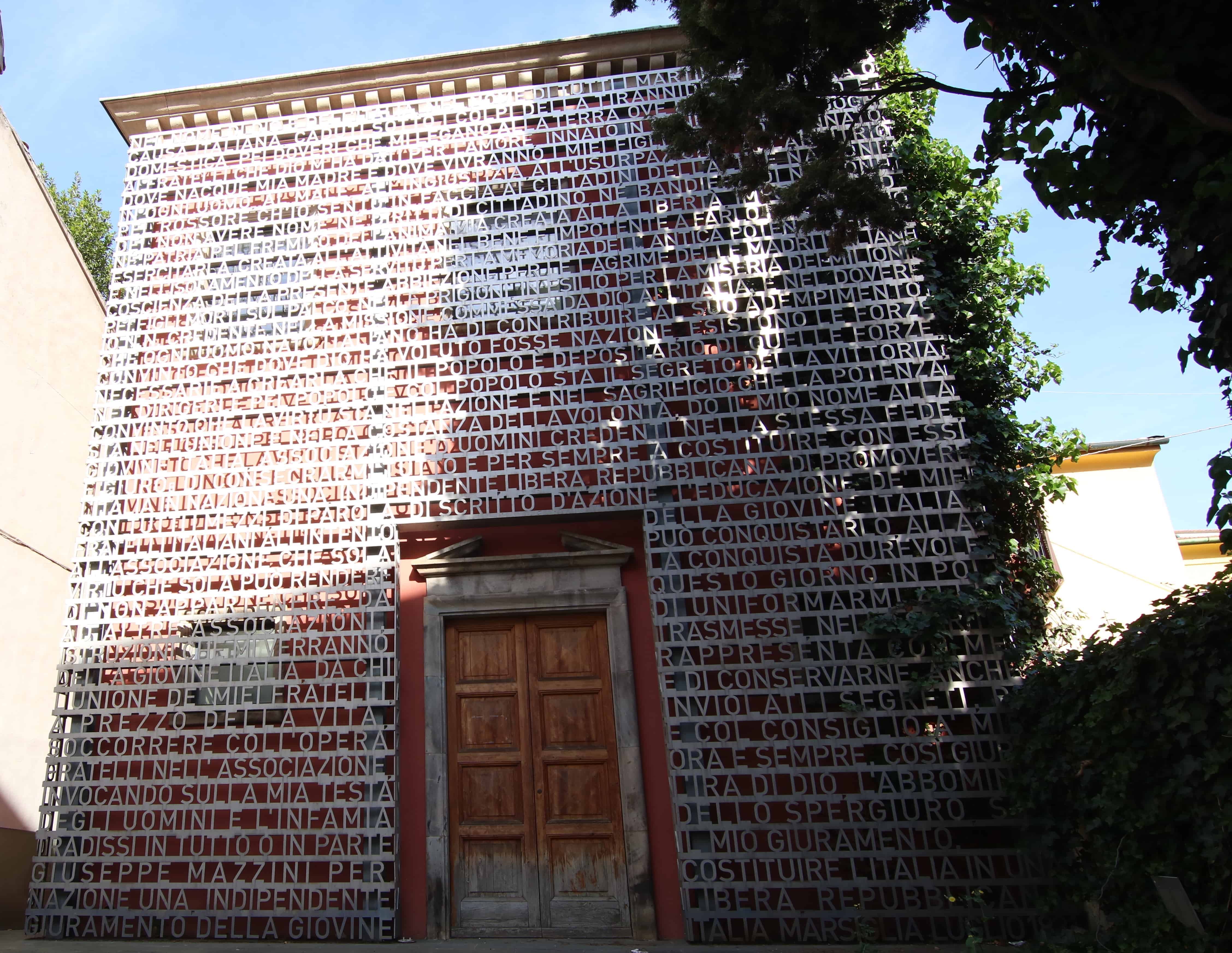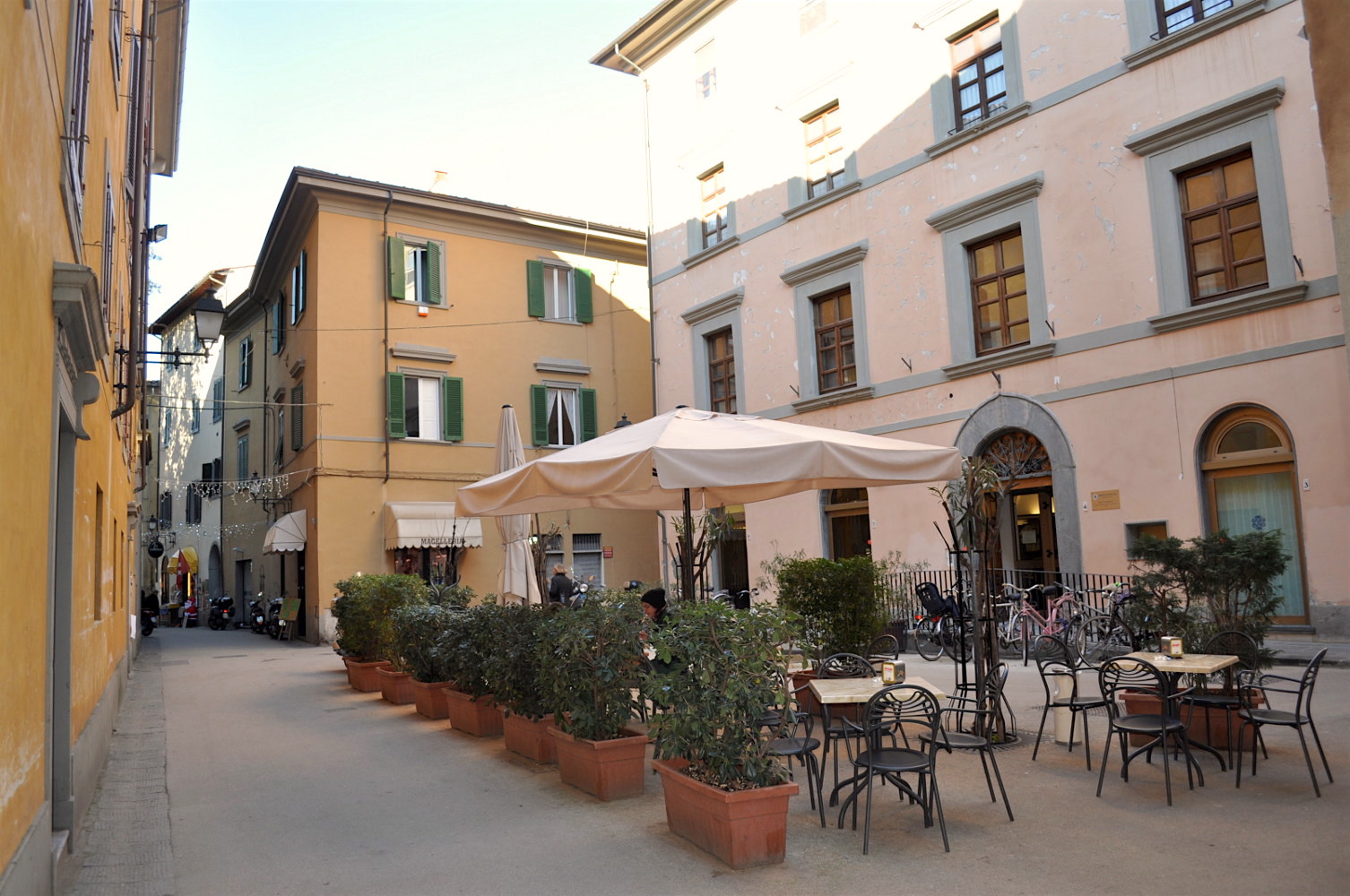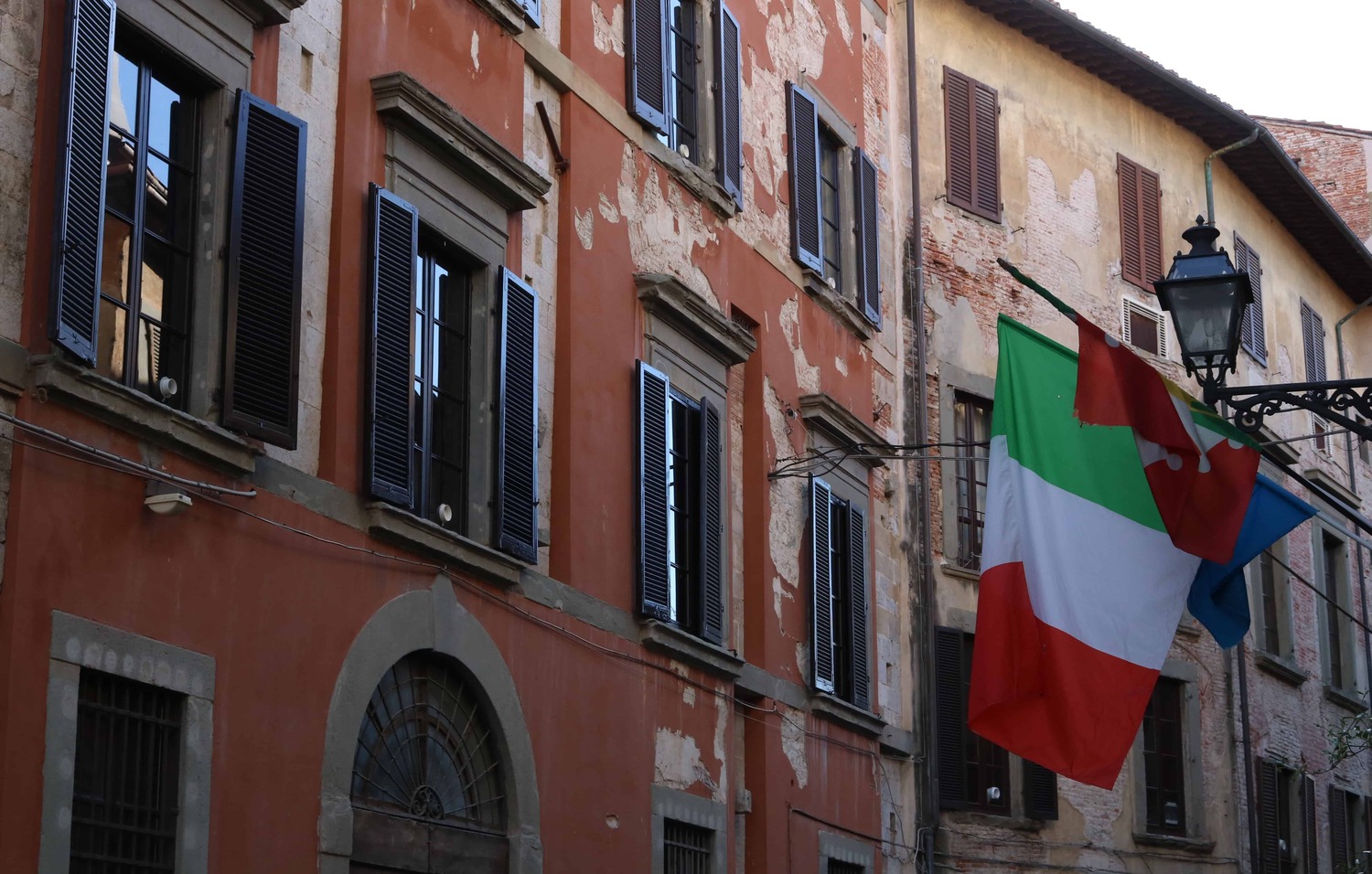Sostegno and Navicelli Canal
During the reign of Cosimo I de’ Medici a canal was dug from Porta a Mare in Pisa to the Fortezza Vecchia at Livorno in order to connect the port at Livorno with Florence and the hinterland via the river Arno,
Planned in 1541, it was 22 km long and finally reached Livorno in 1574-75. It was called “dei navicelli” from the particular type of craft used on it and was opened to traffic in 1603. The route of the canal was considerably modified in the 18th century and, under Pietro Leopoldo di Lorena, the so-called "Sostegno" at the Pisan basin was re-built: in place of the simple roof that sheltered boats during customs formalities, an imposing brick-built construction was erected. This, in association with the old "Cateratta Maestra" (main lock gate) leading directly to the river, created a sort of lock that adjusted the water level for craft passing through.
The canal and buildings underwent further alterations after the Unification of Italy and again in the early decades of the 20th century, when the route was made straighter. Warehouses were built between the left bank of the canal and the medieval city walls, the remains of which are still visible.
In 1943 this area of Pisa, known as Porta a Mare, was badly bombed and these buildings were abandoned for many years. Recently however, thanks to plans to save the Sostegno, the area underwent an archaeological survey and was partially freed of rubble, making it possible for all to admire these interesting hydraulic works.

